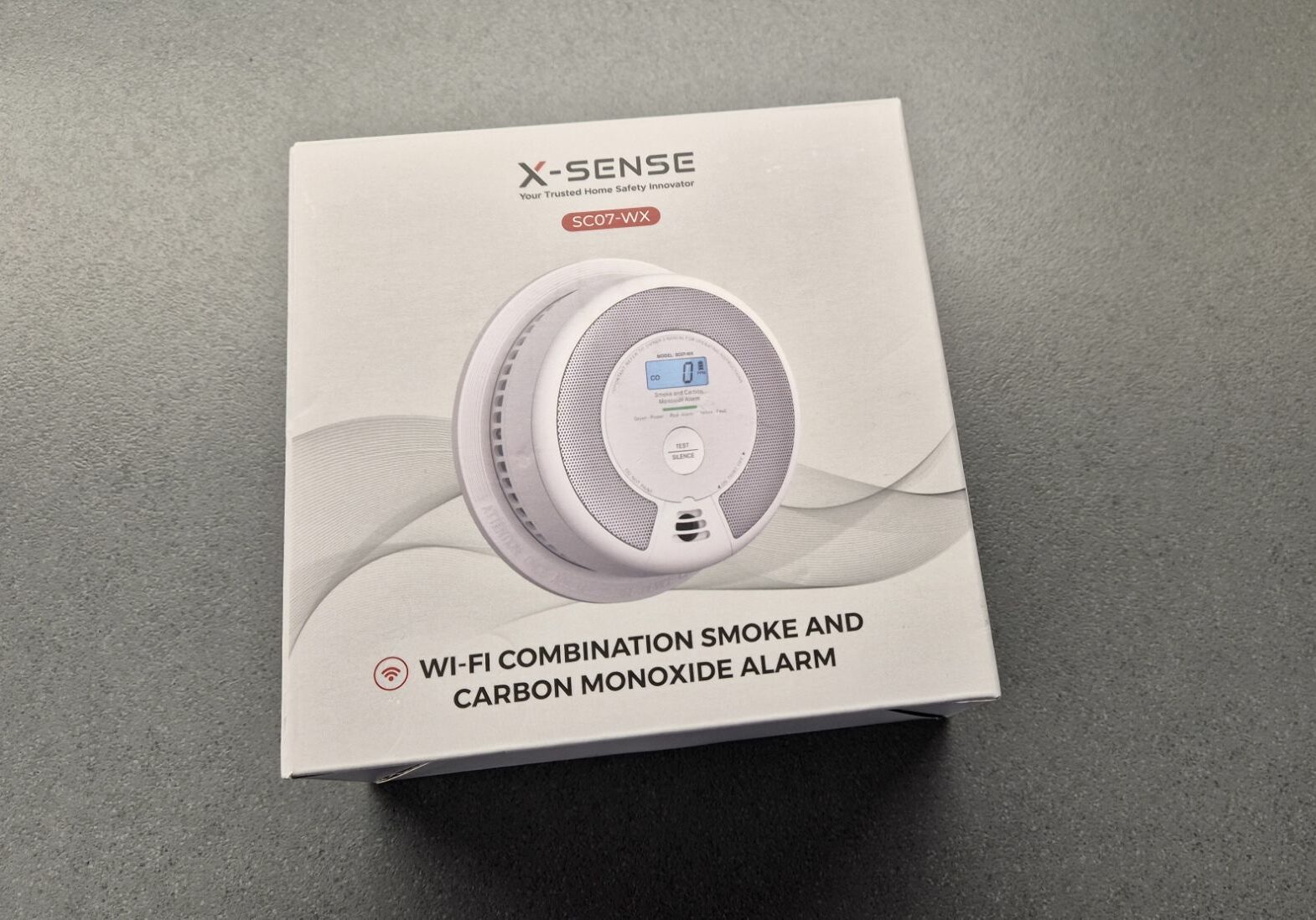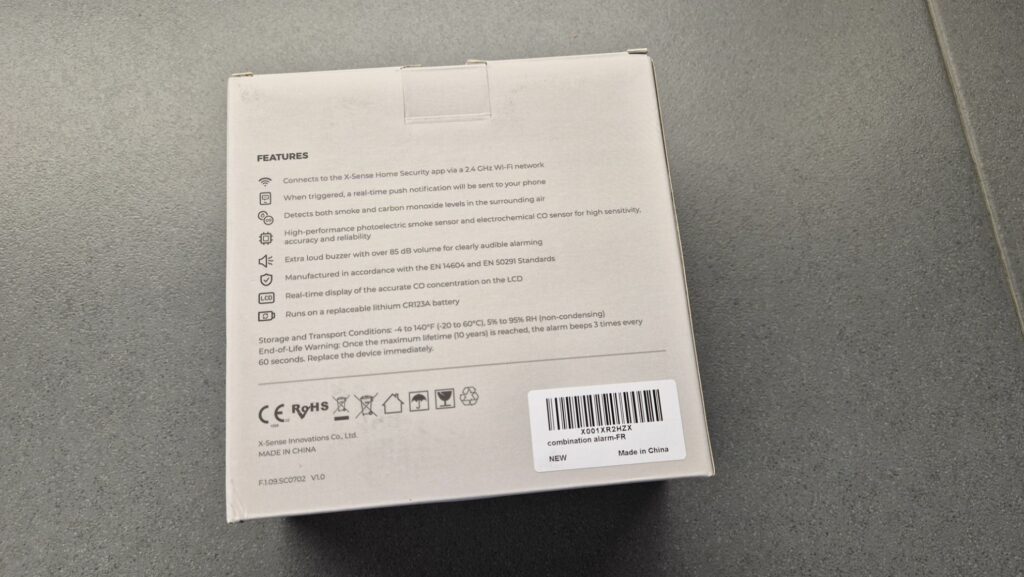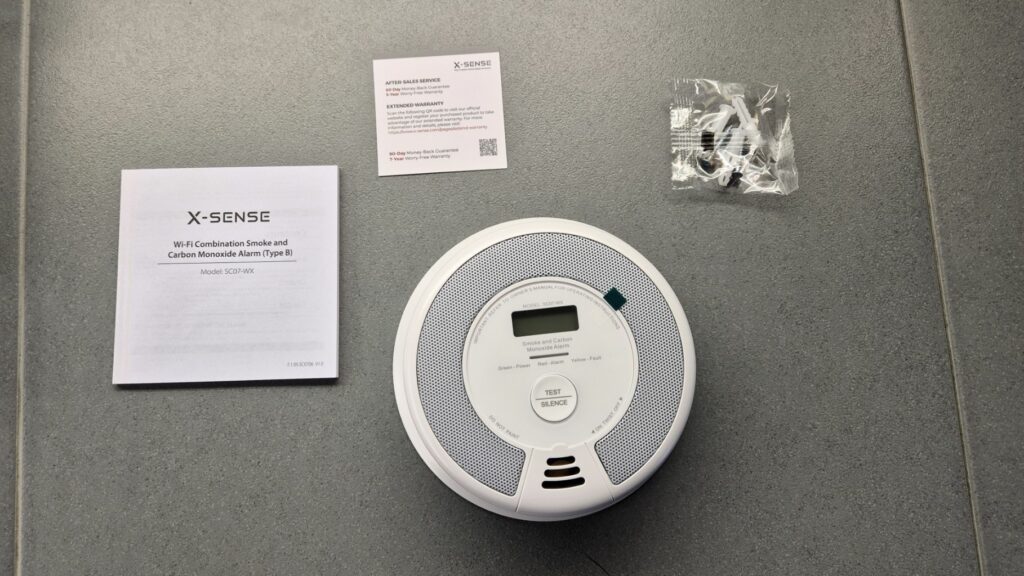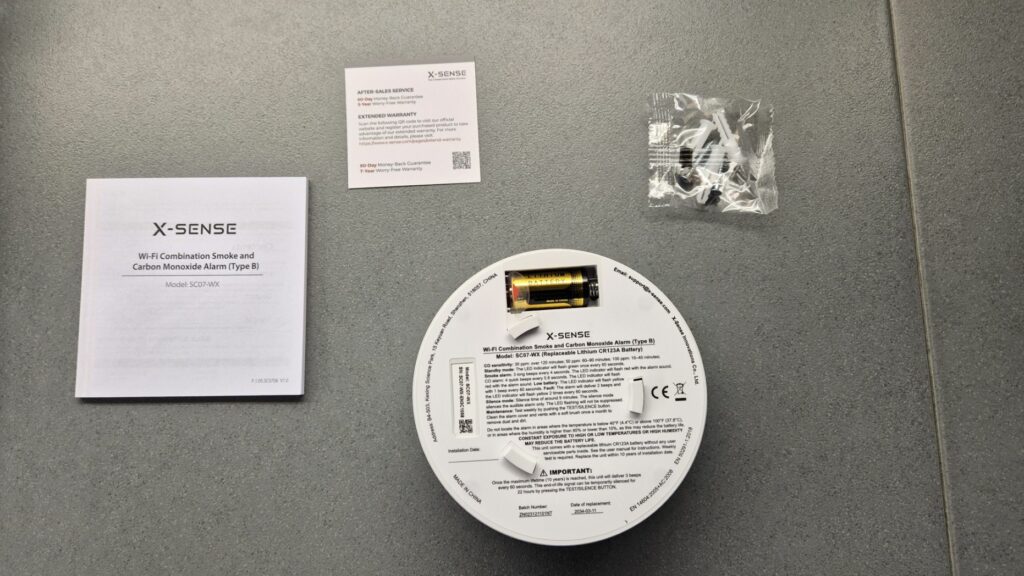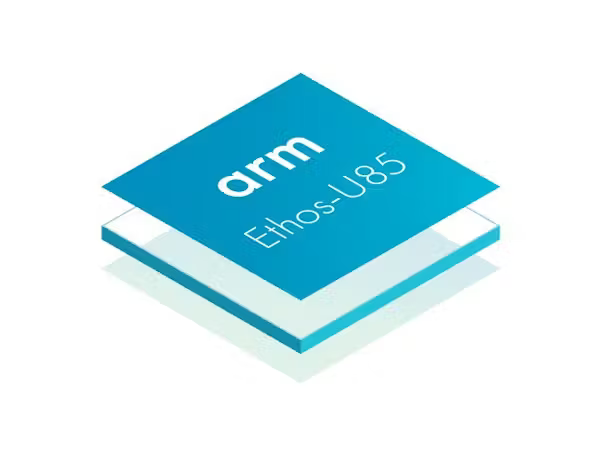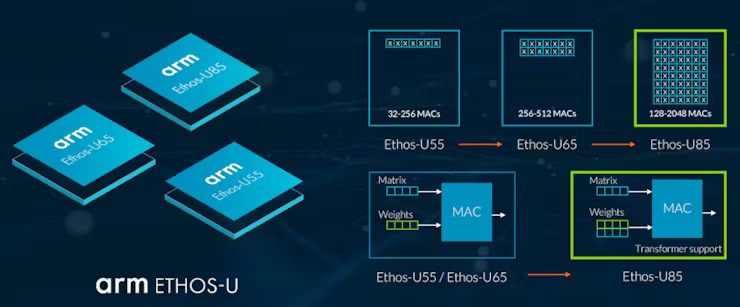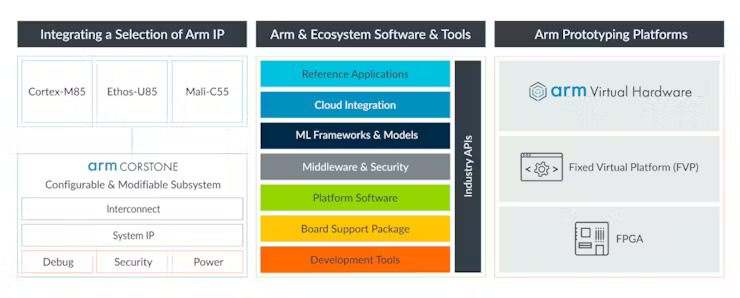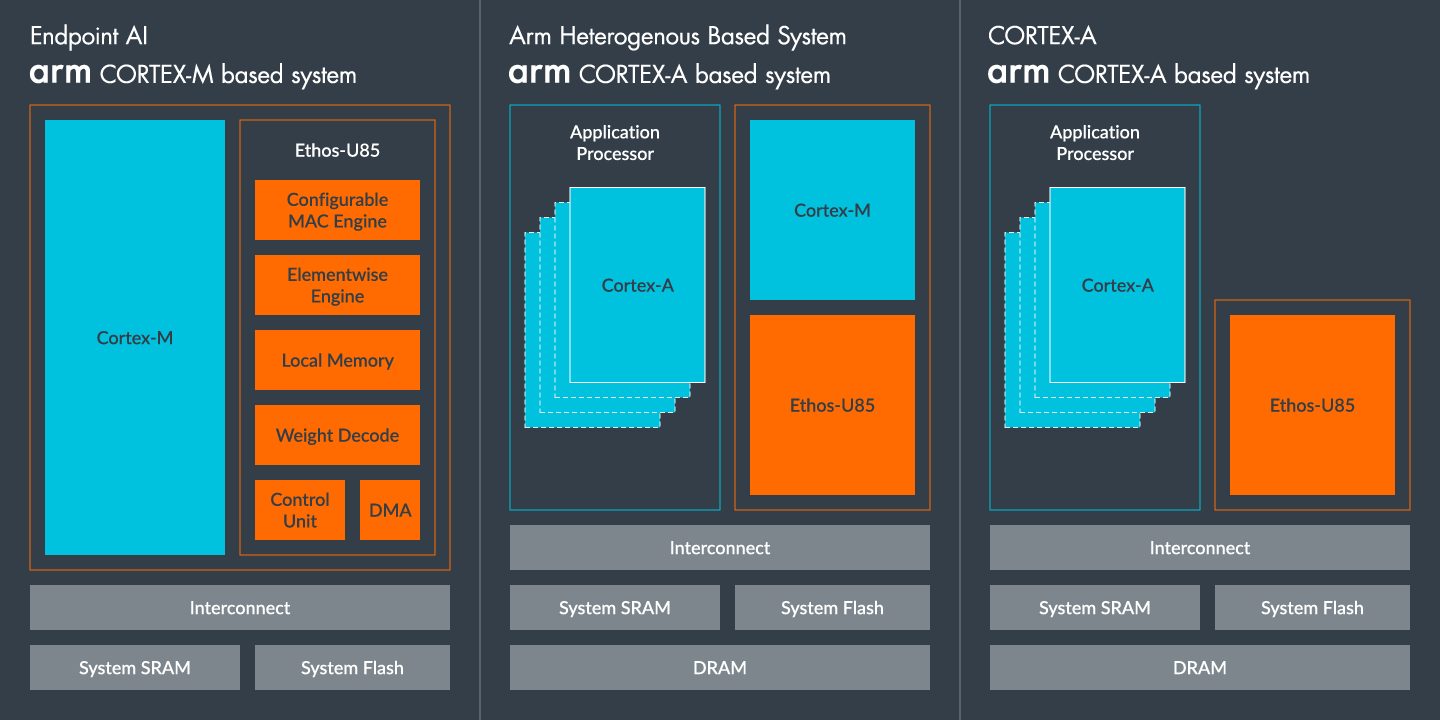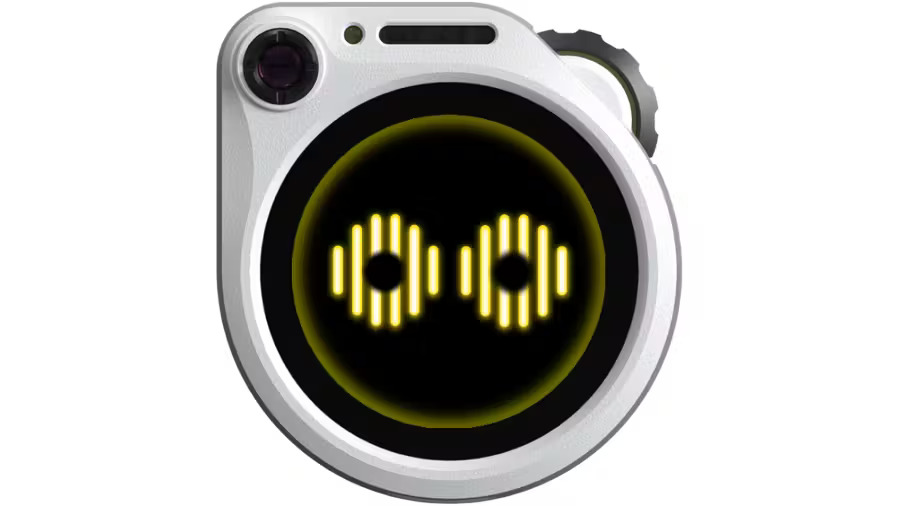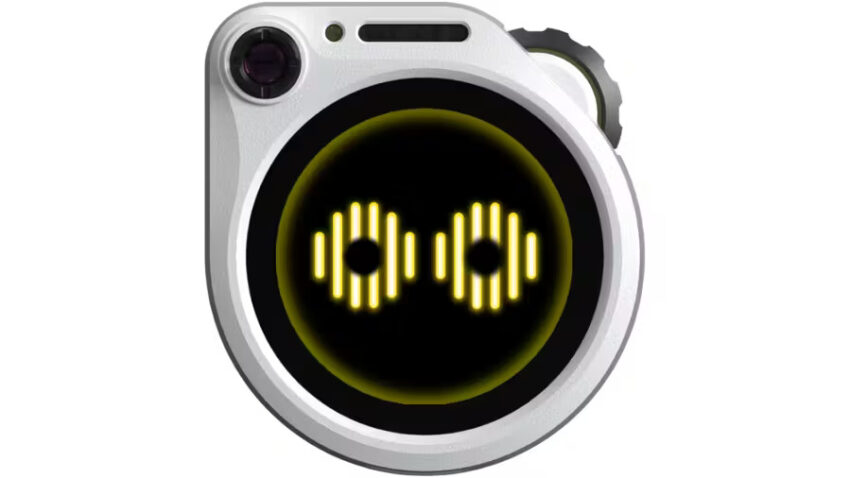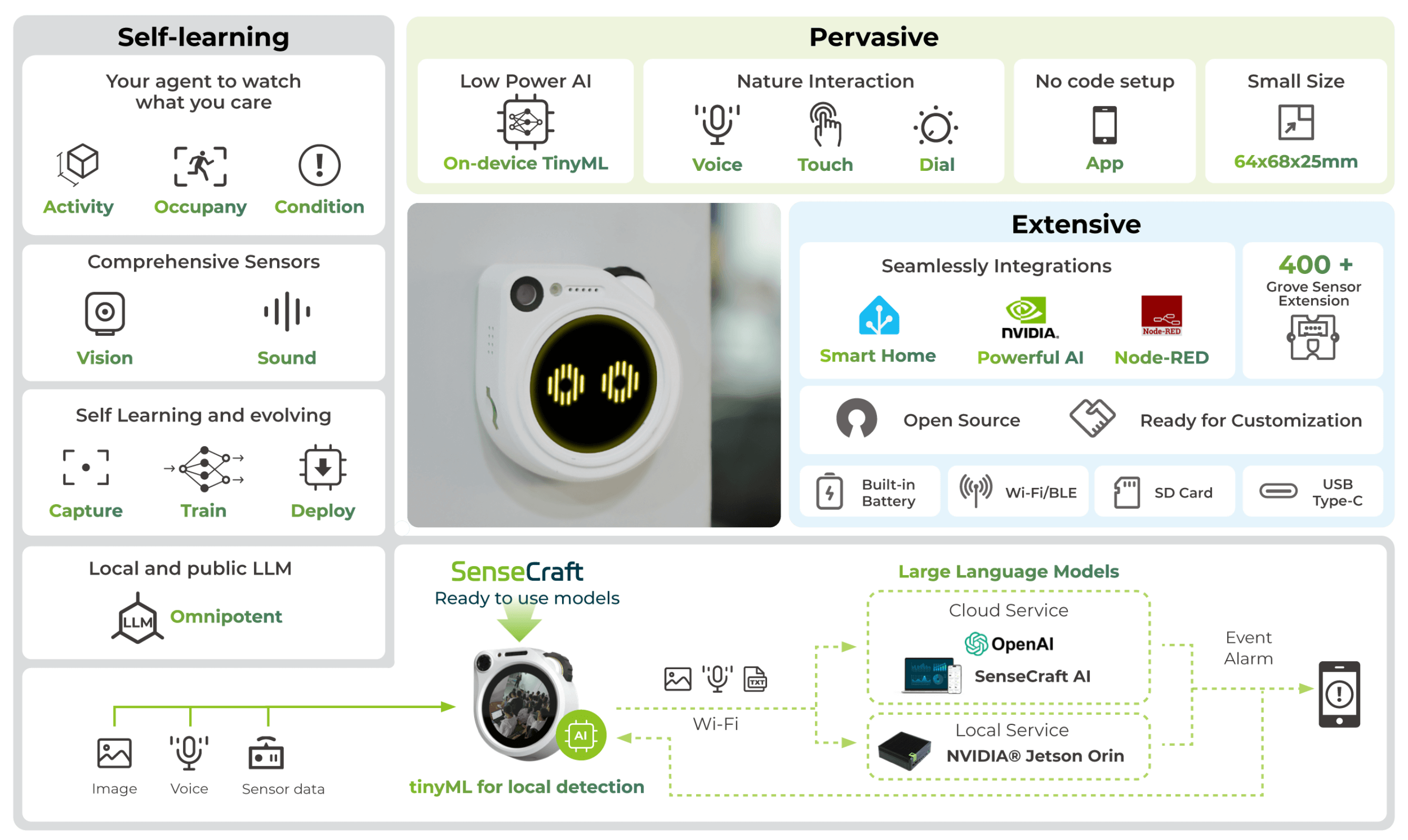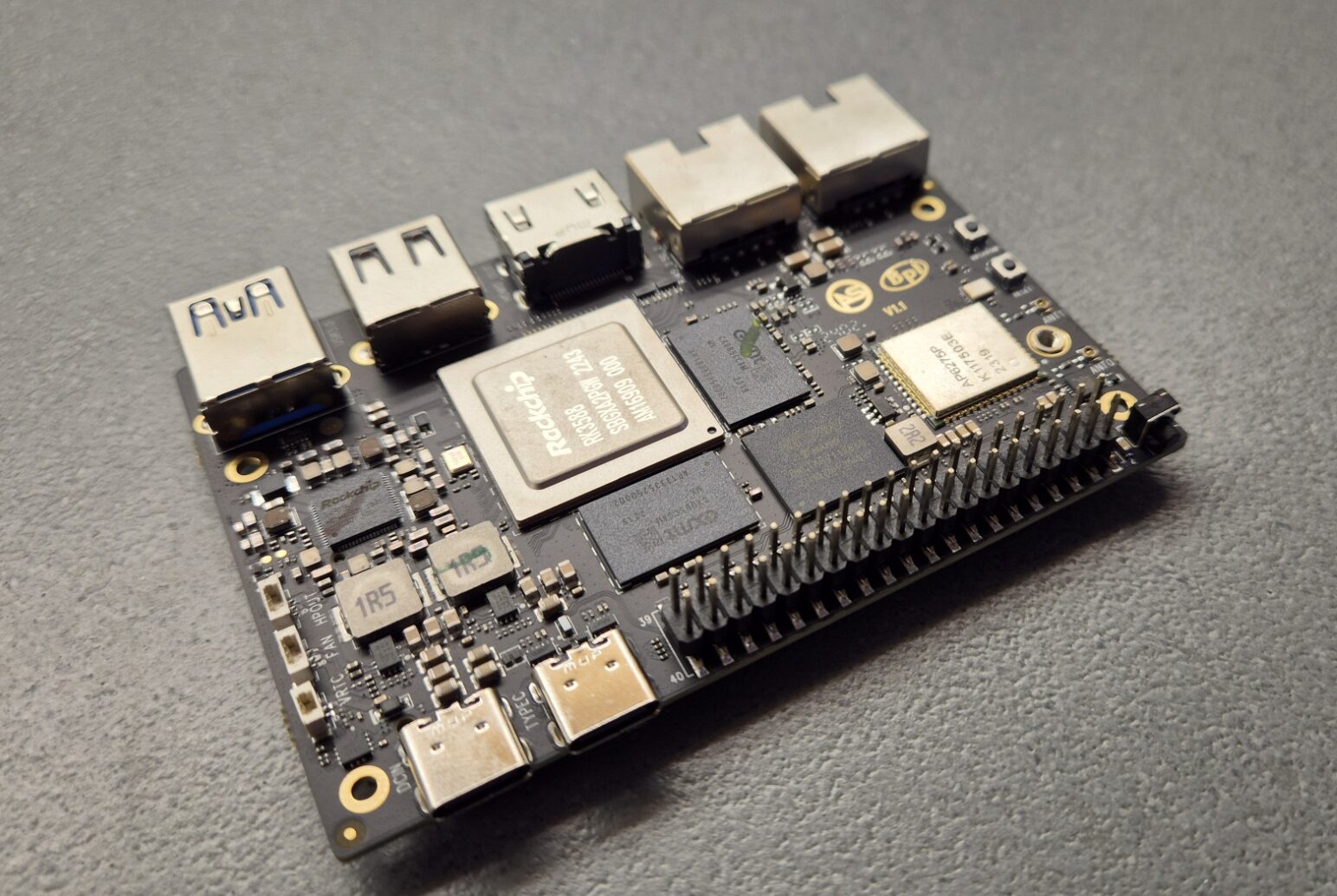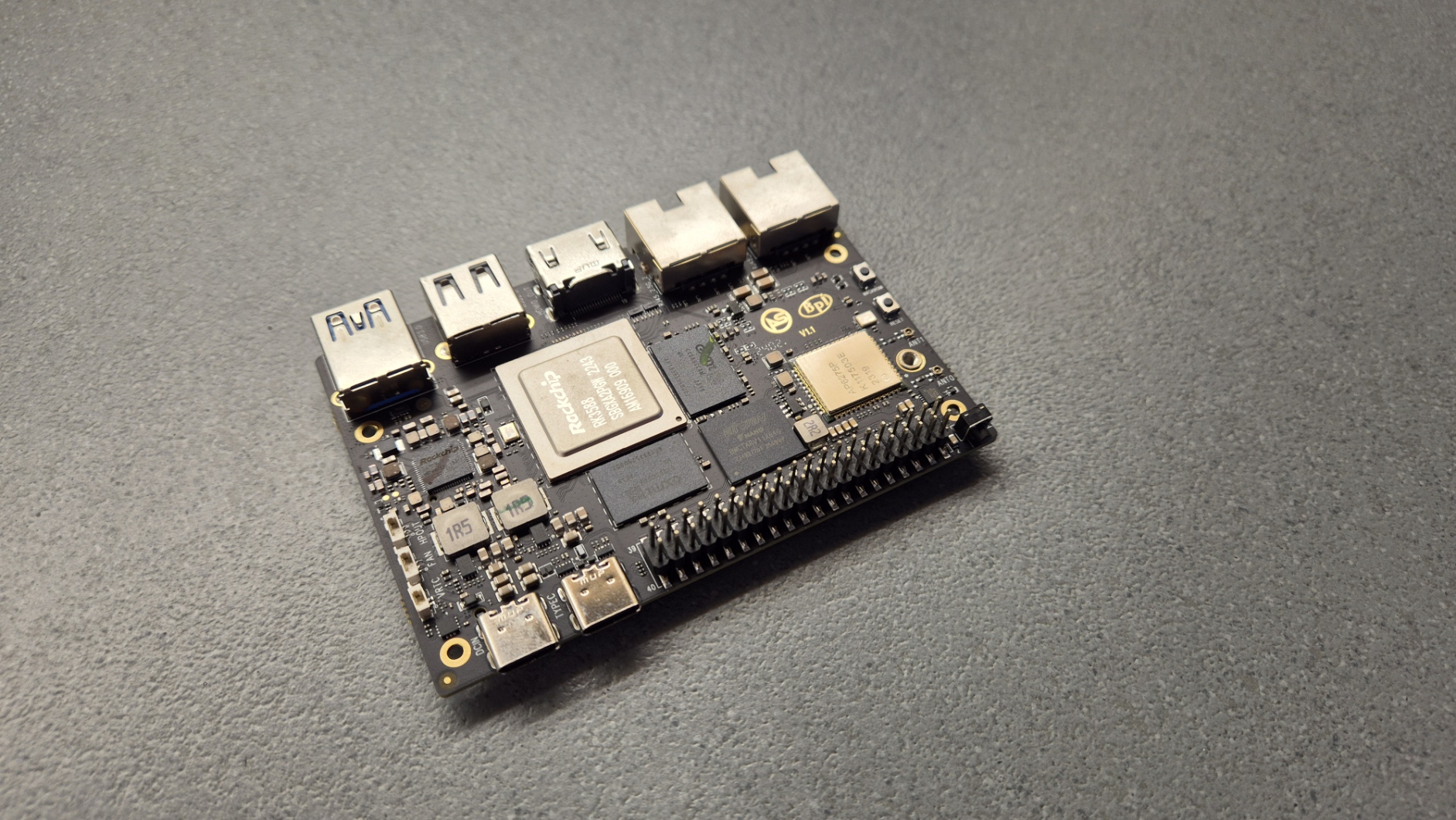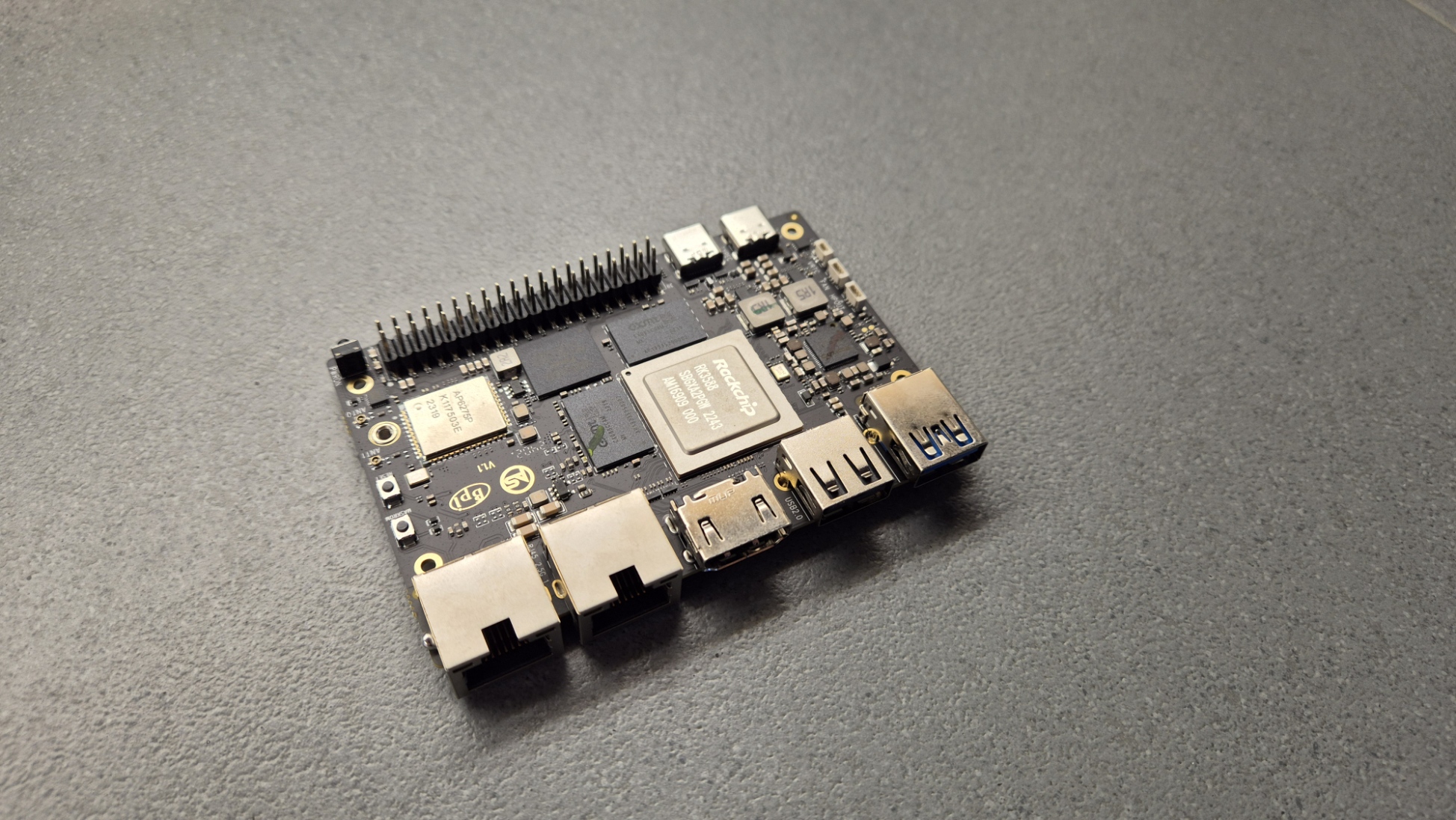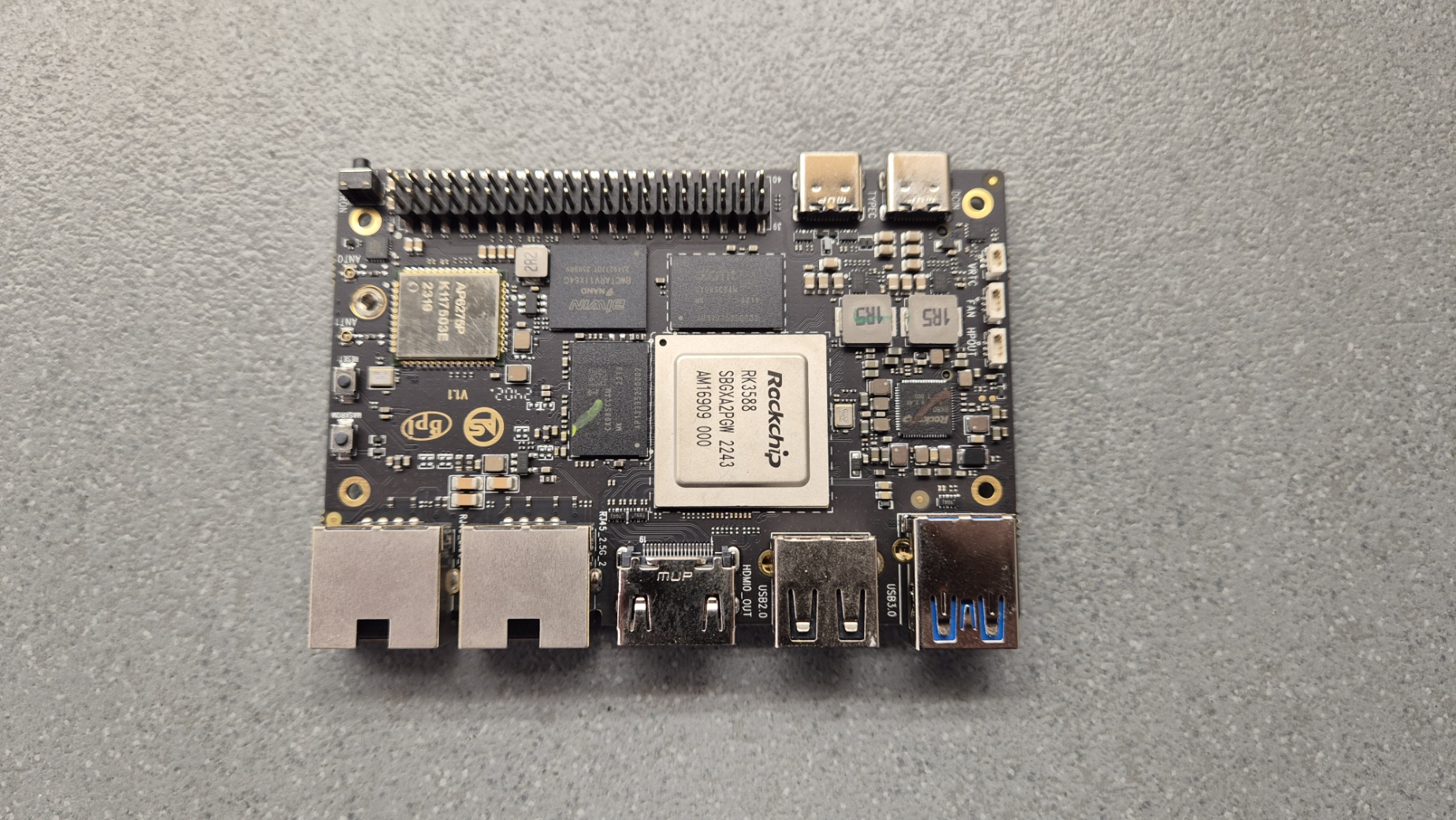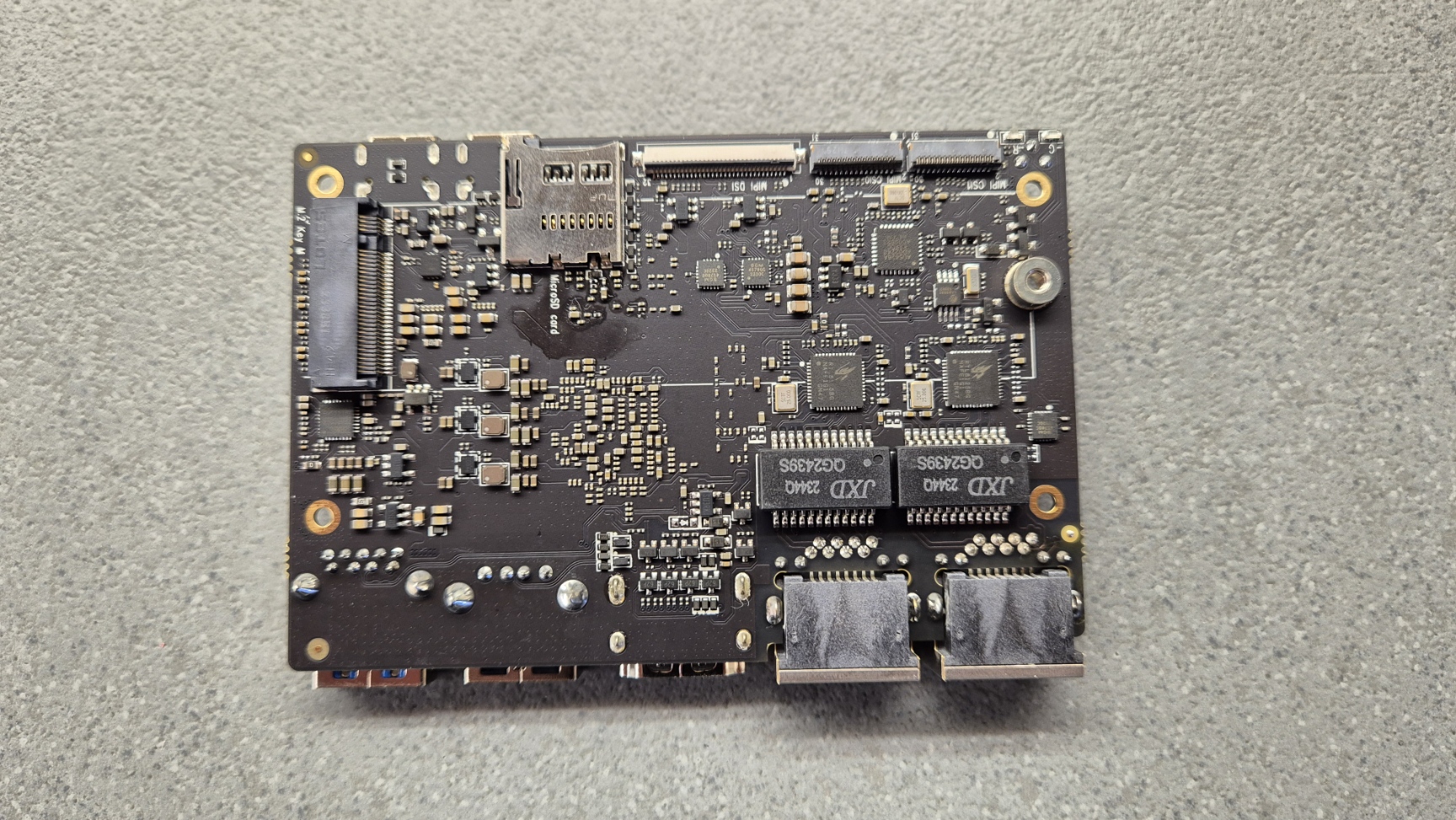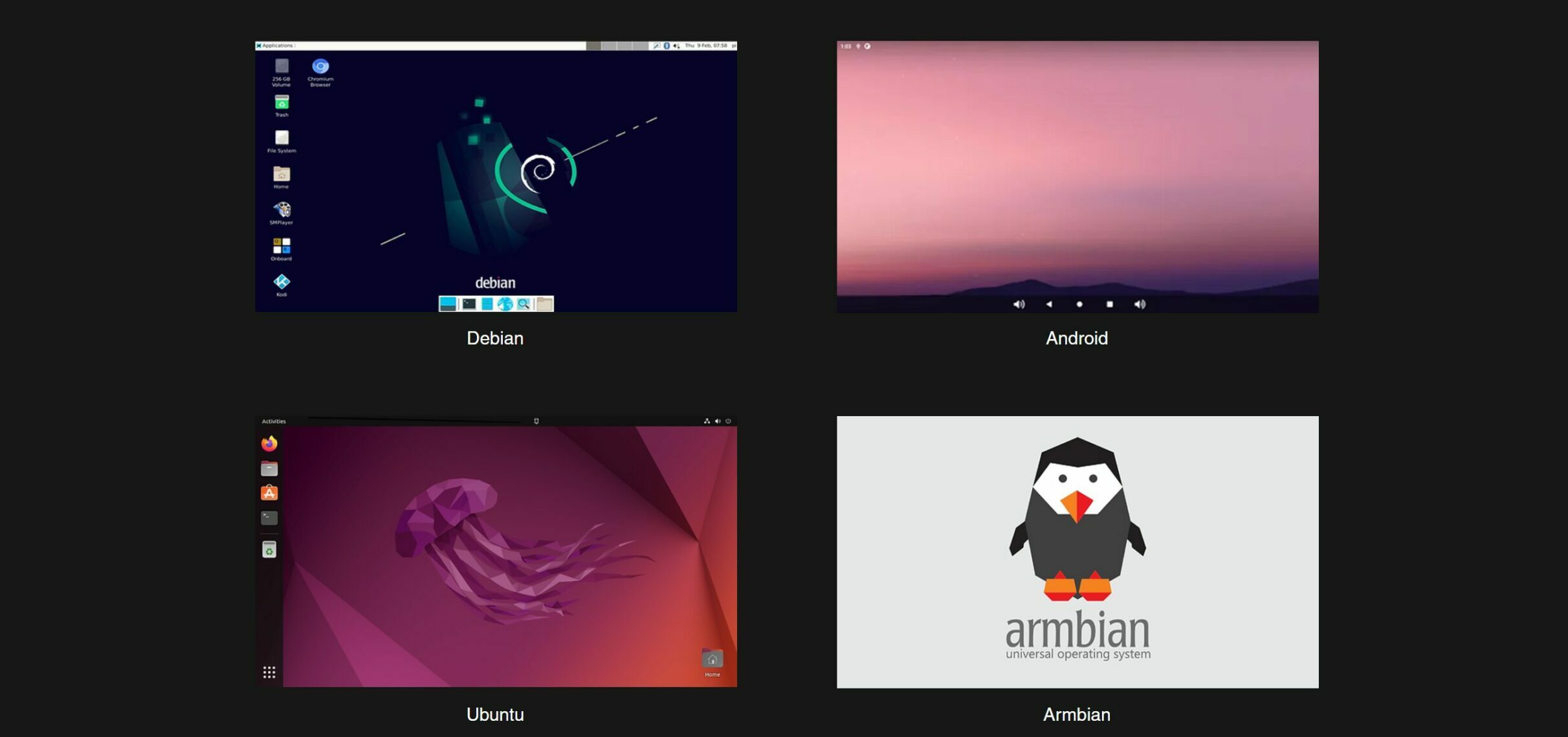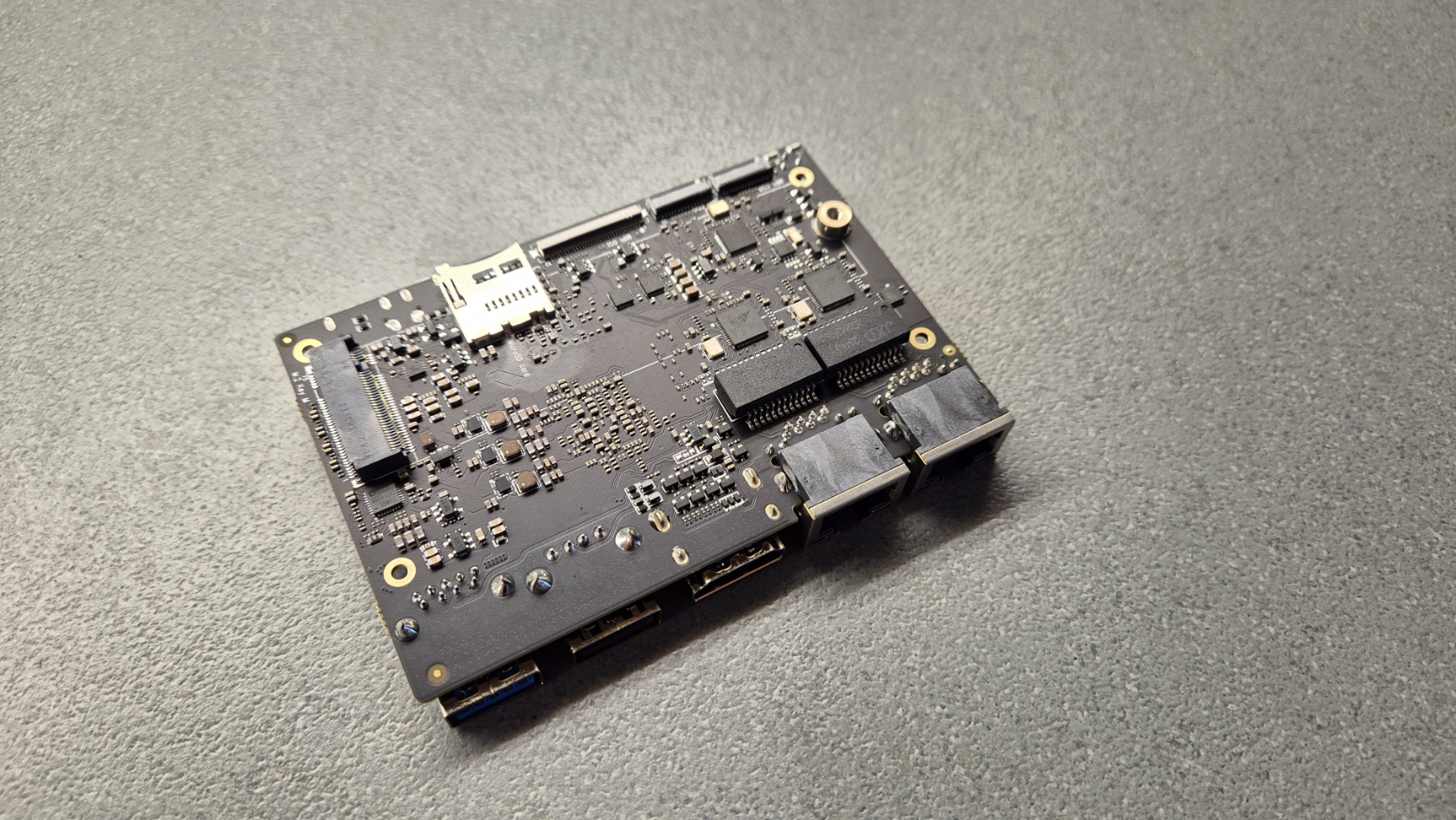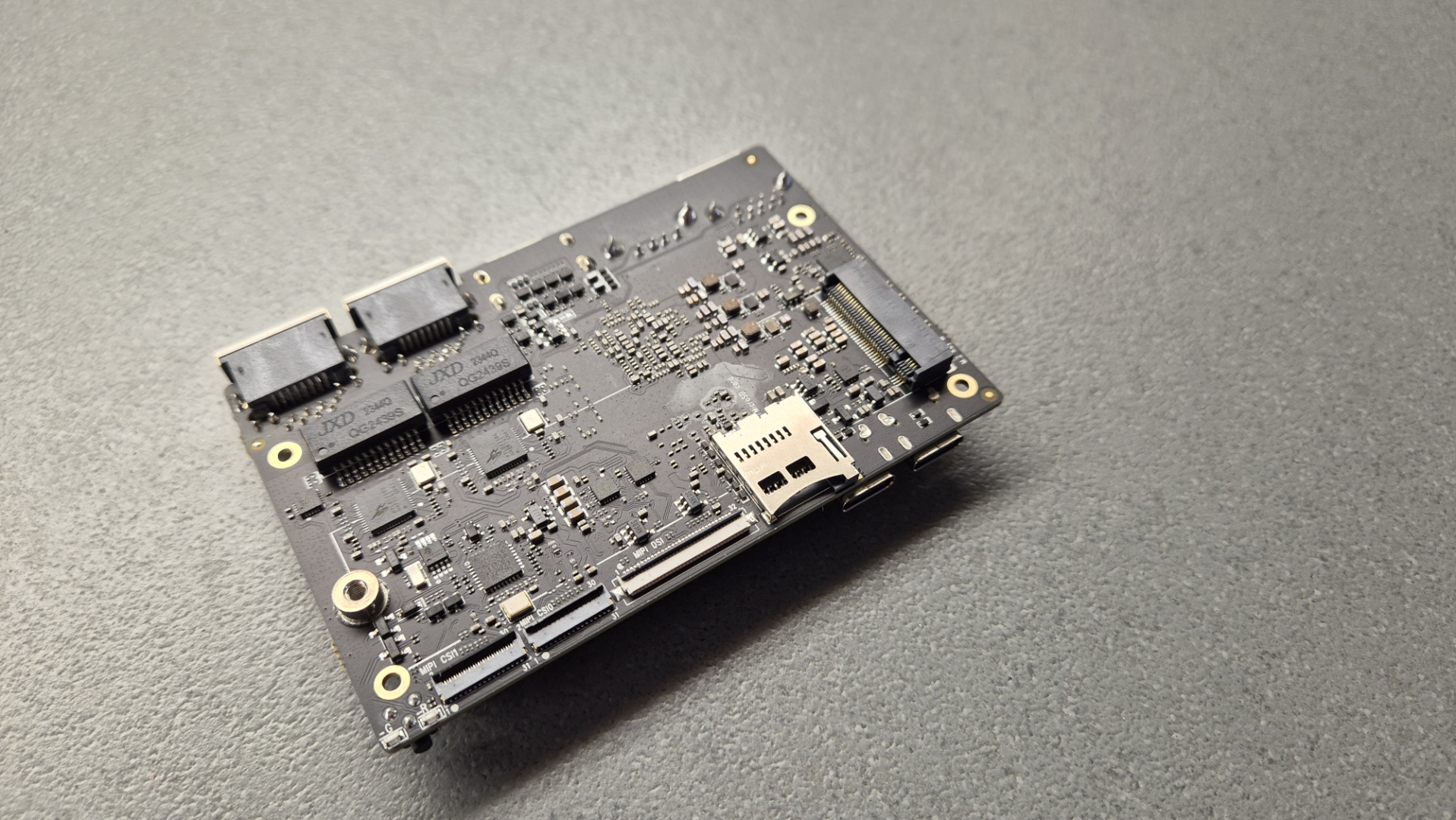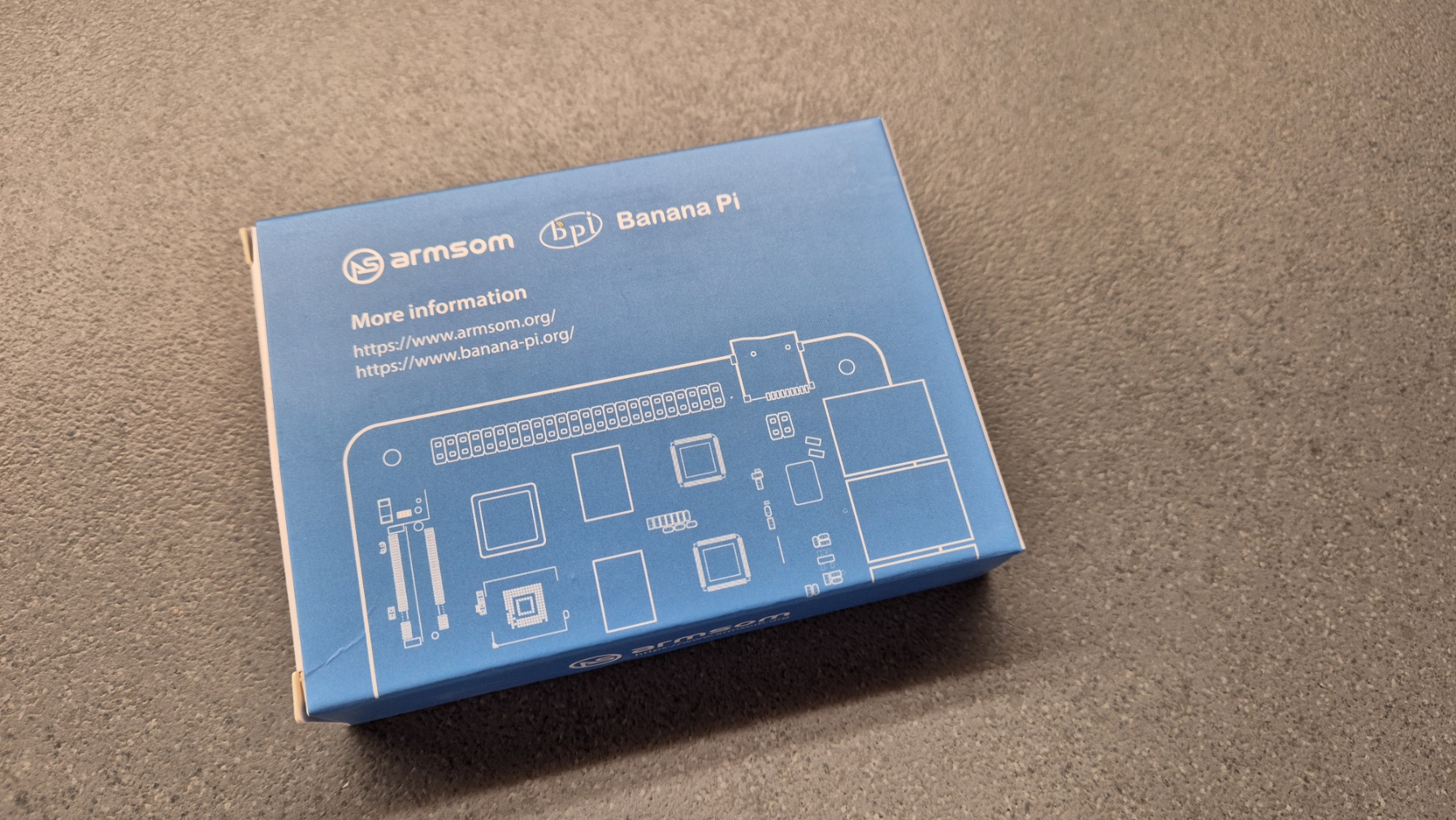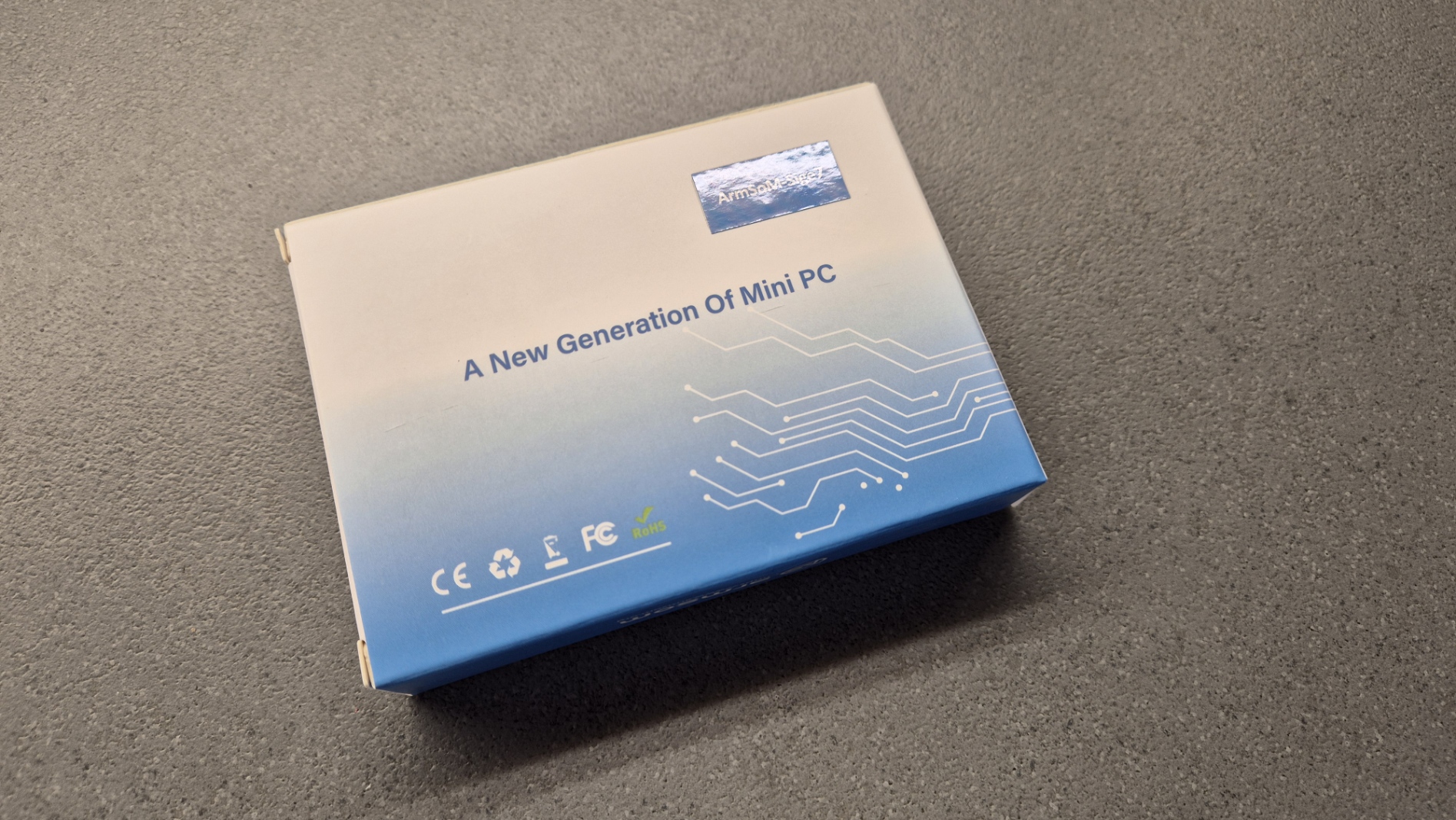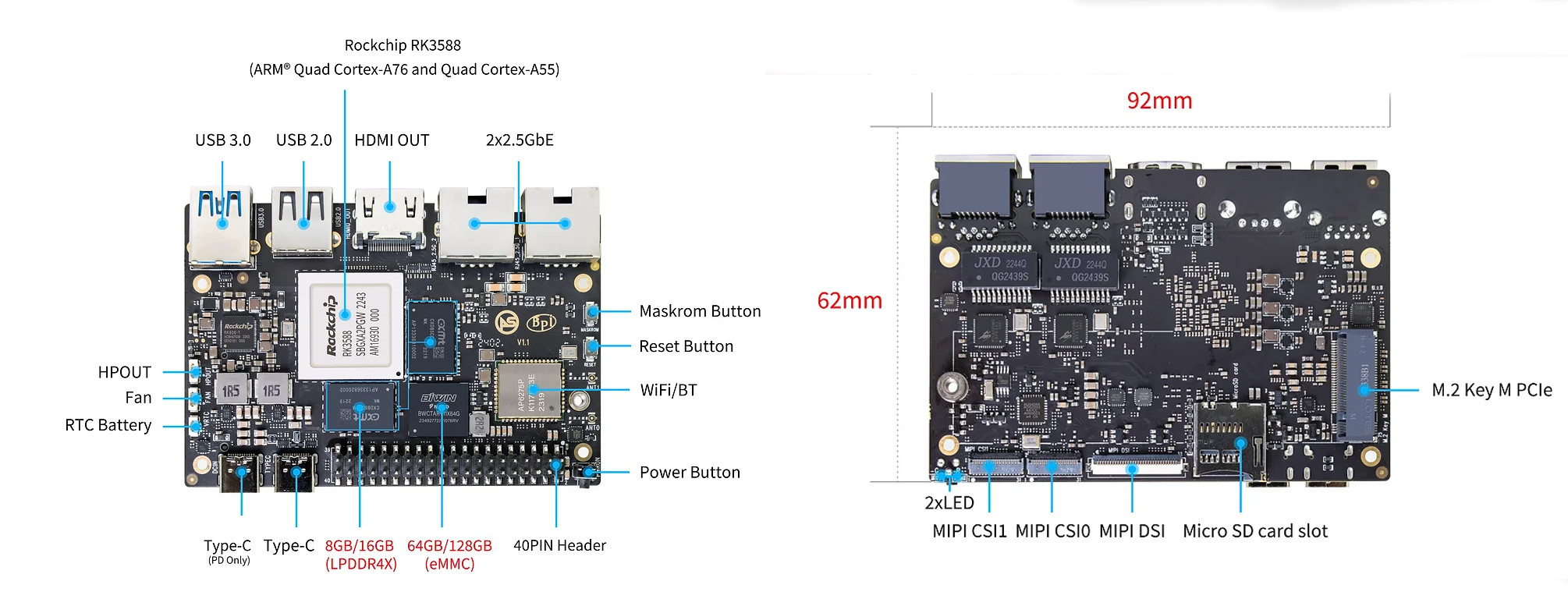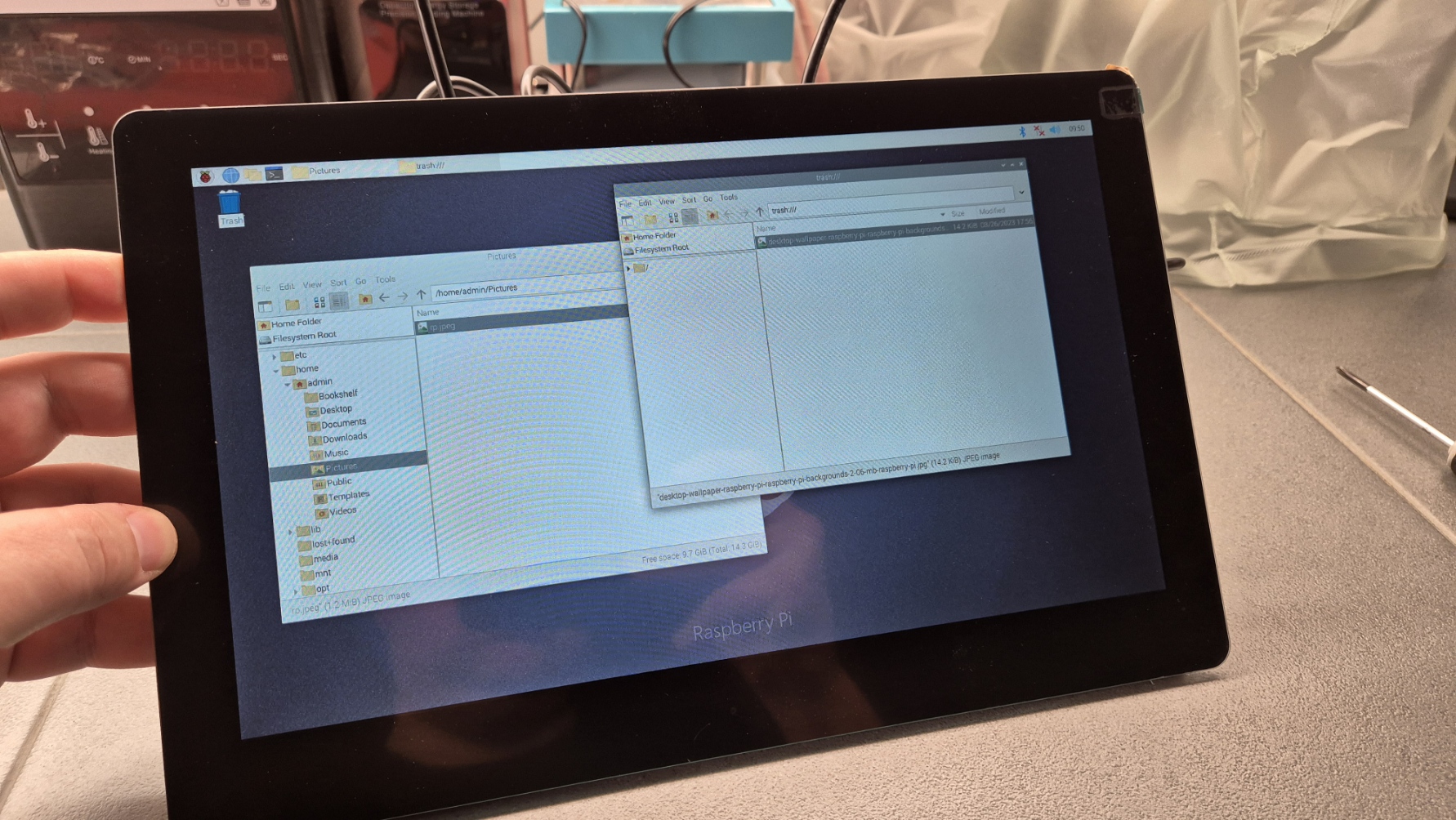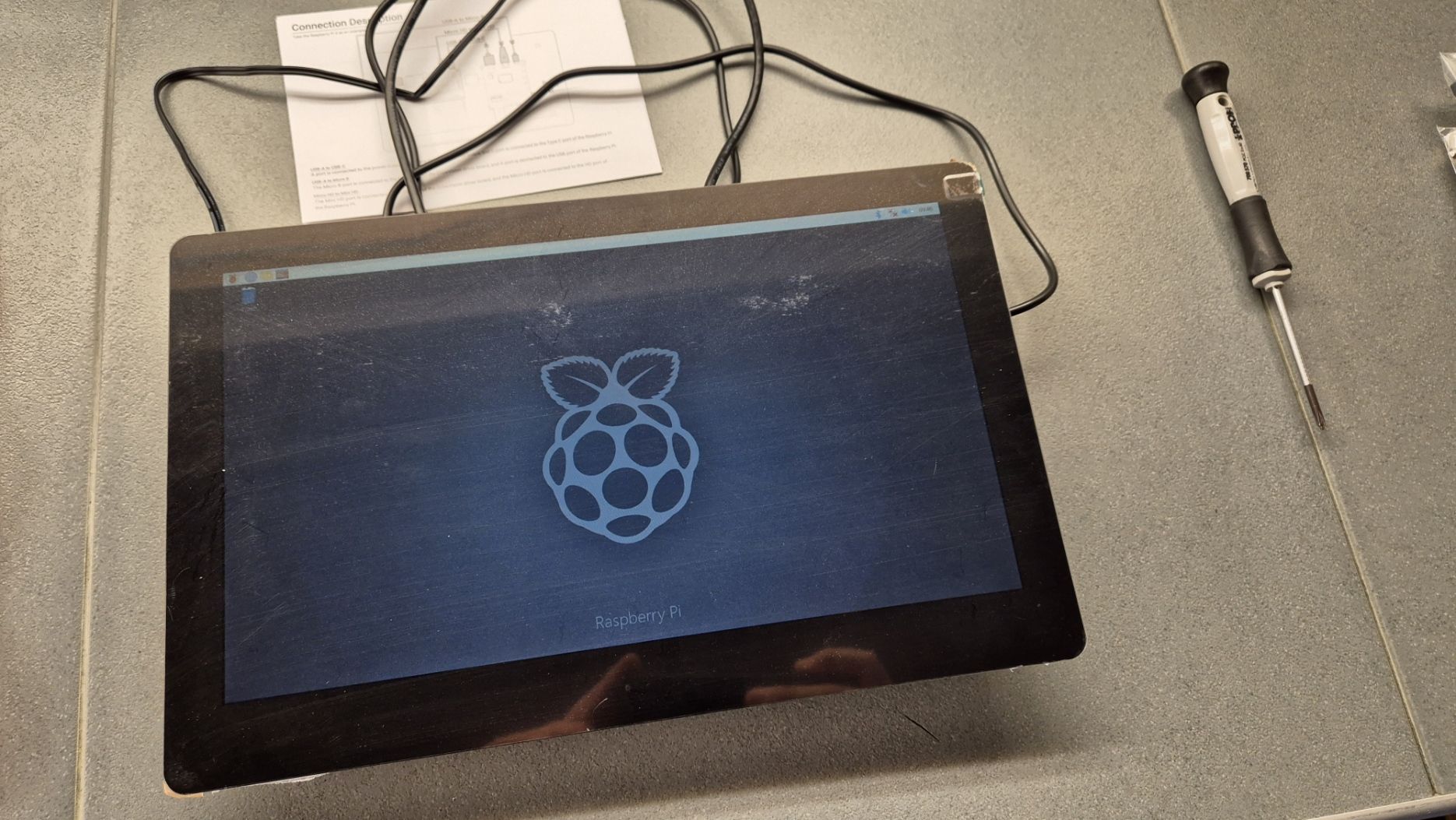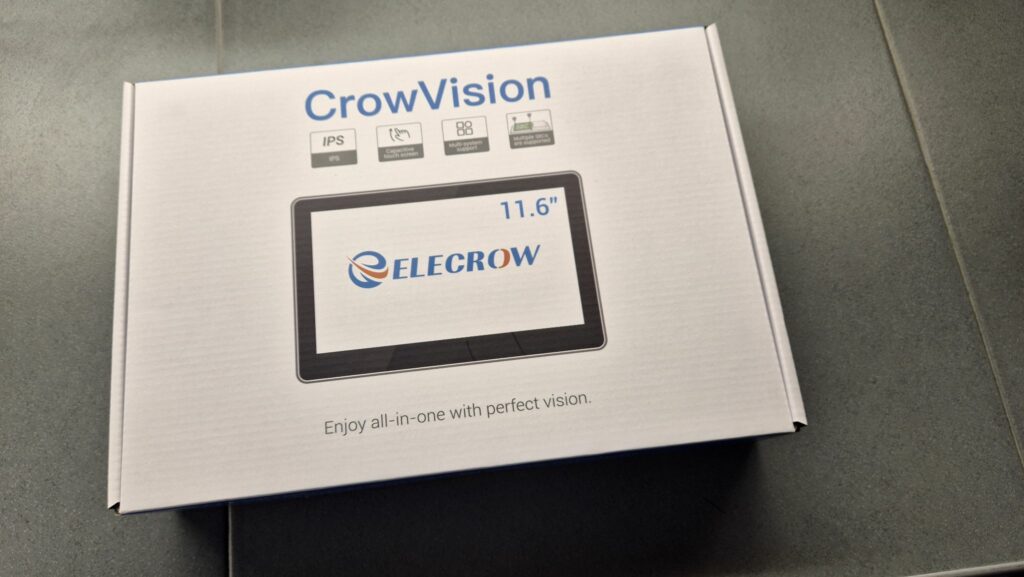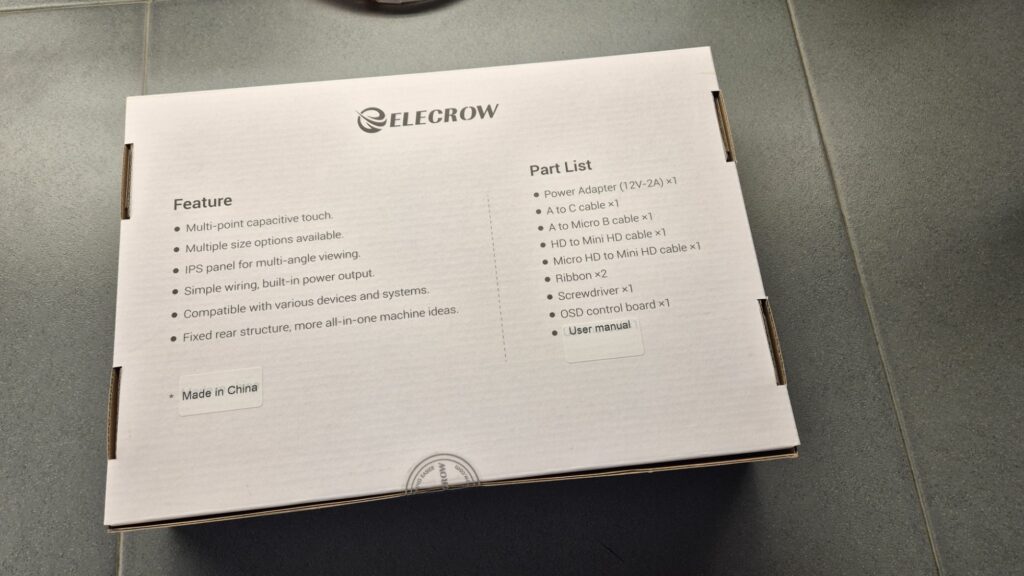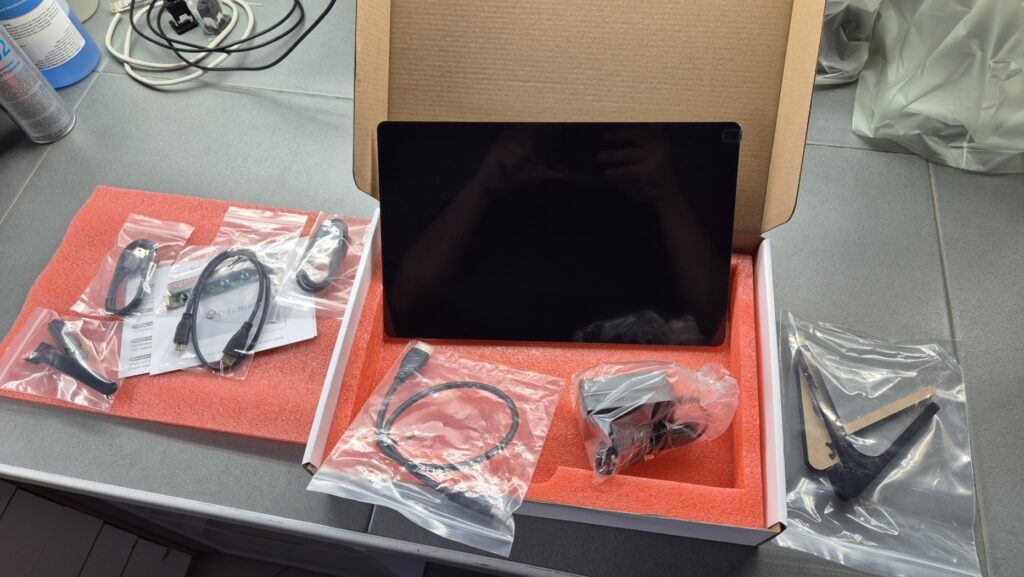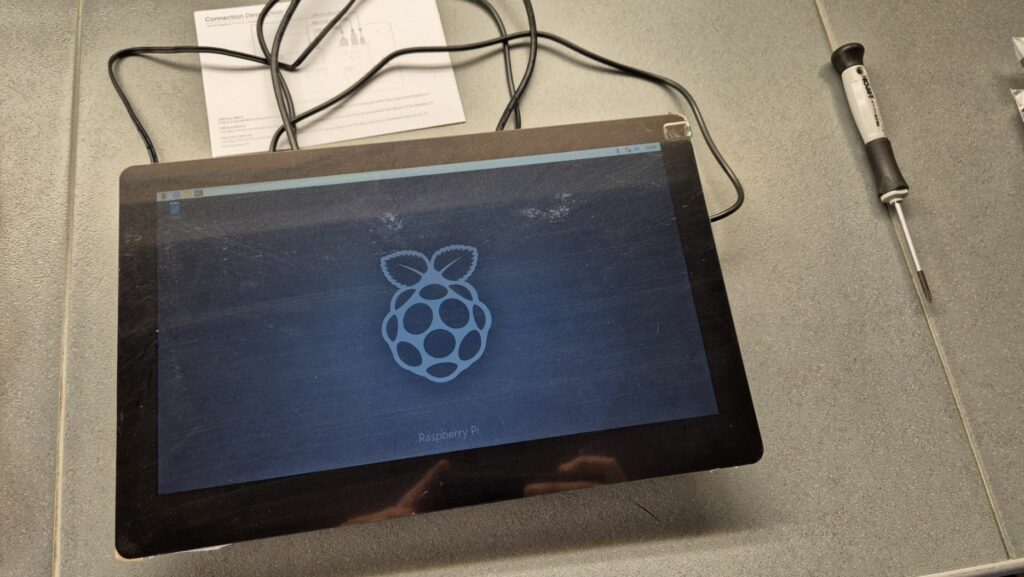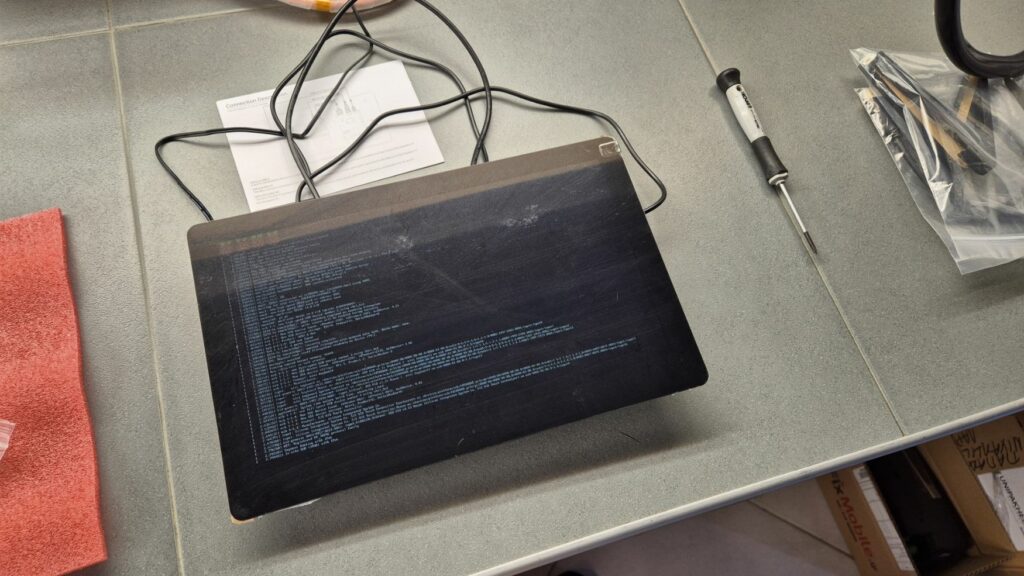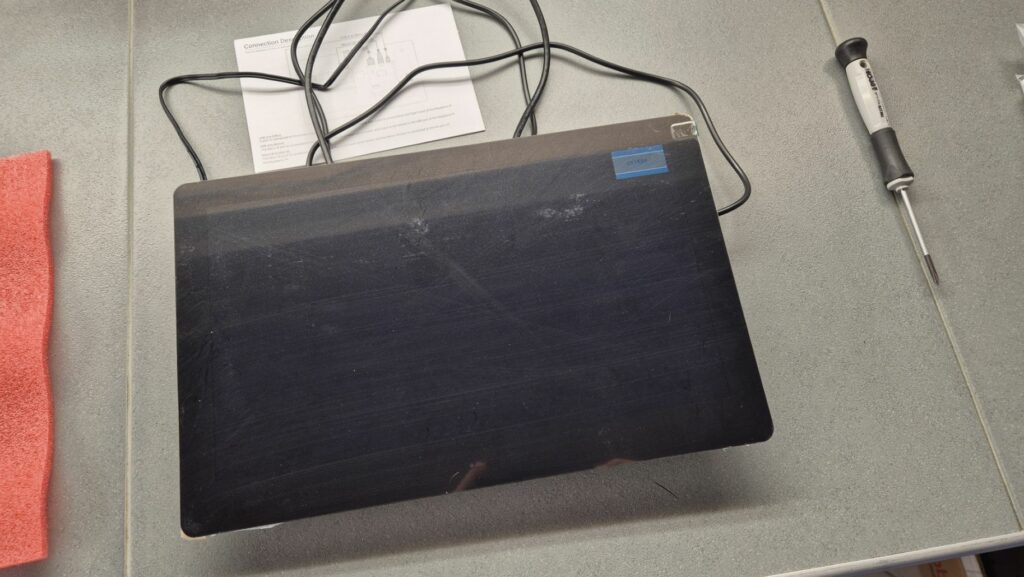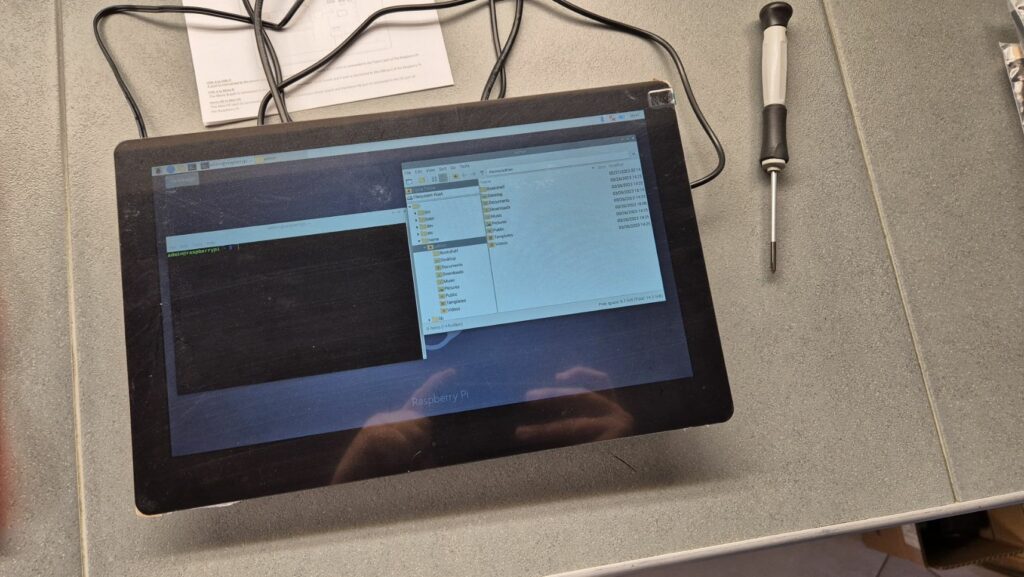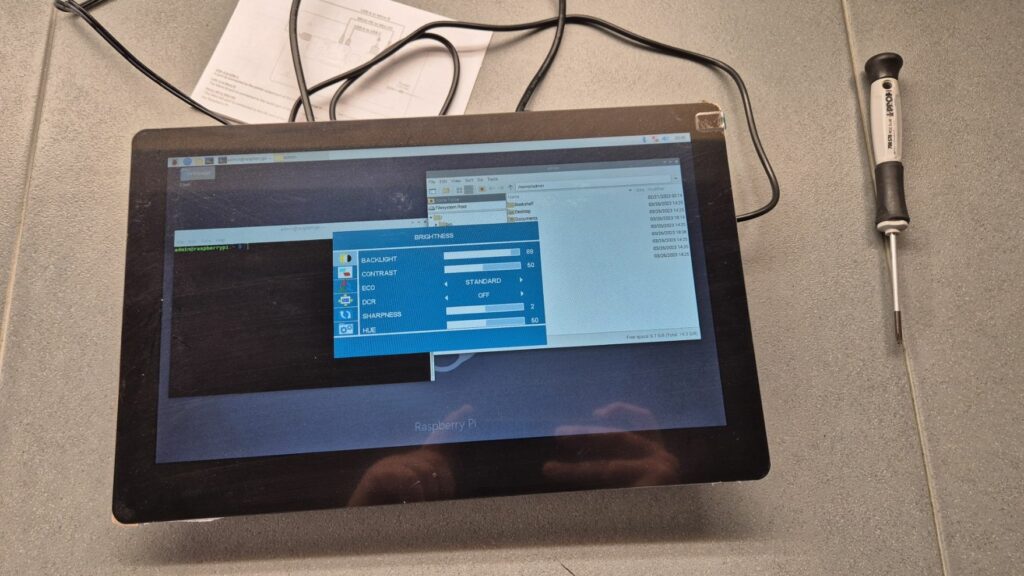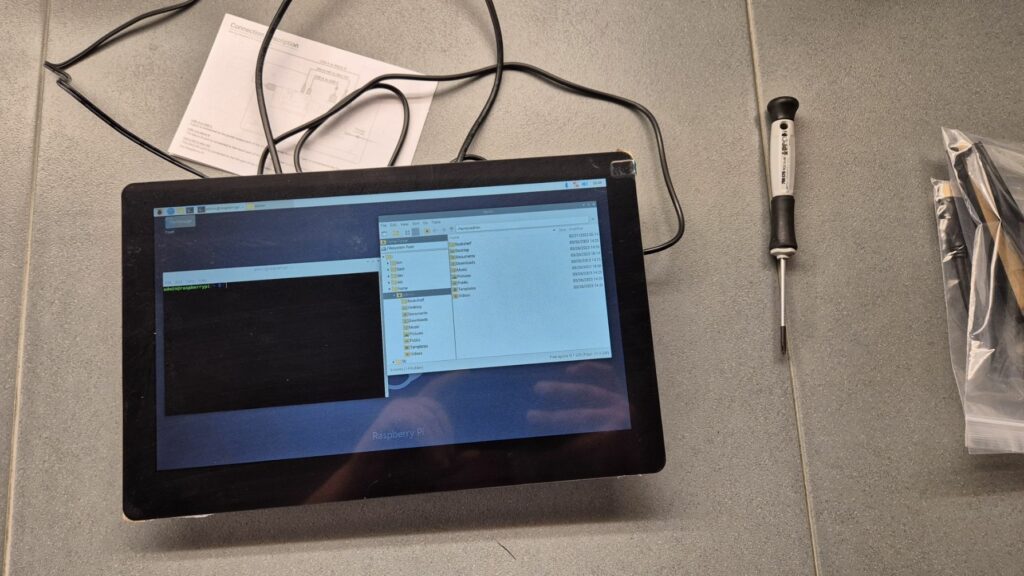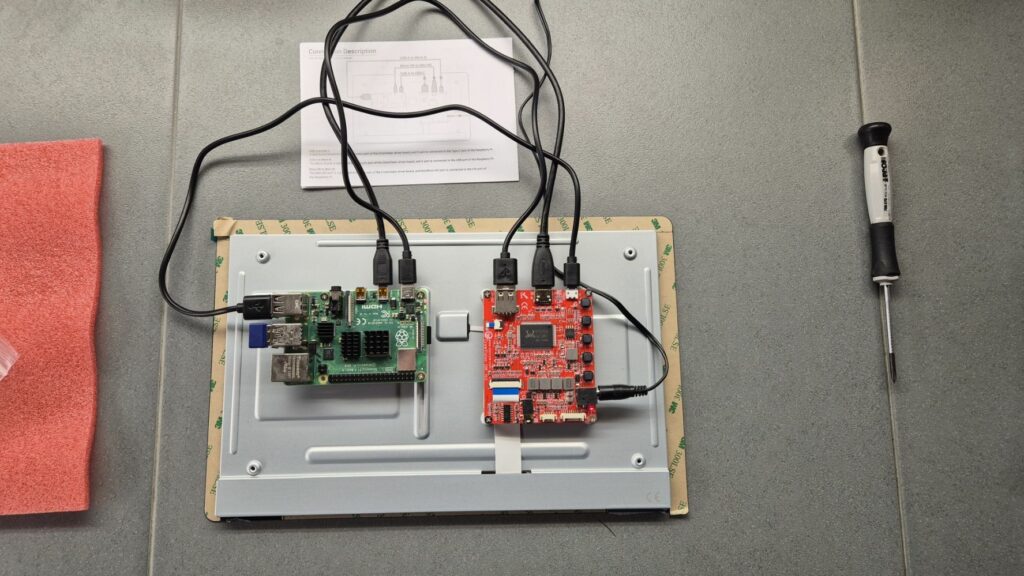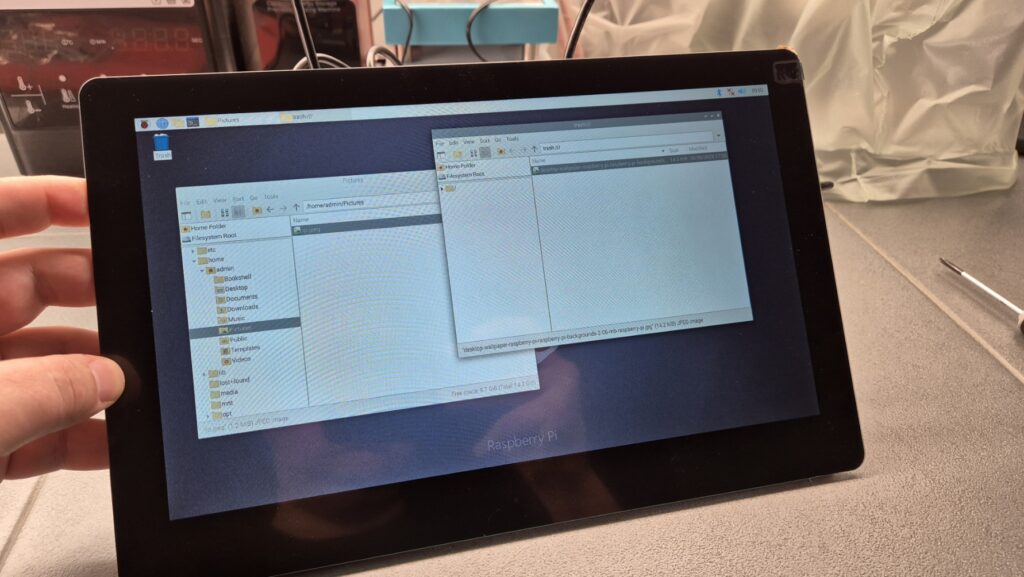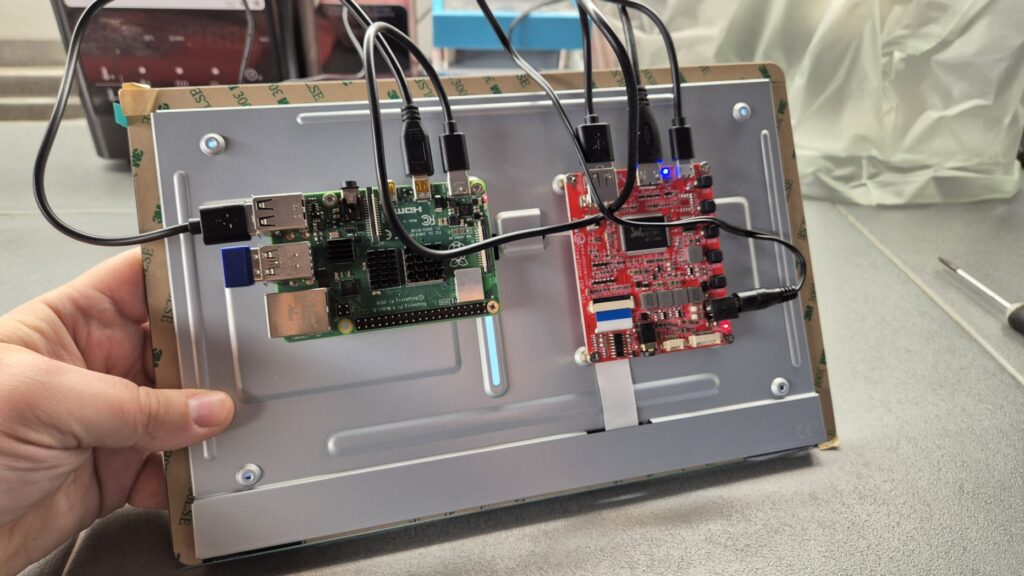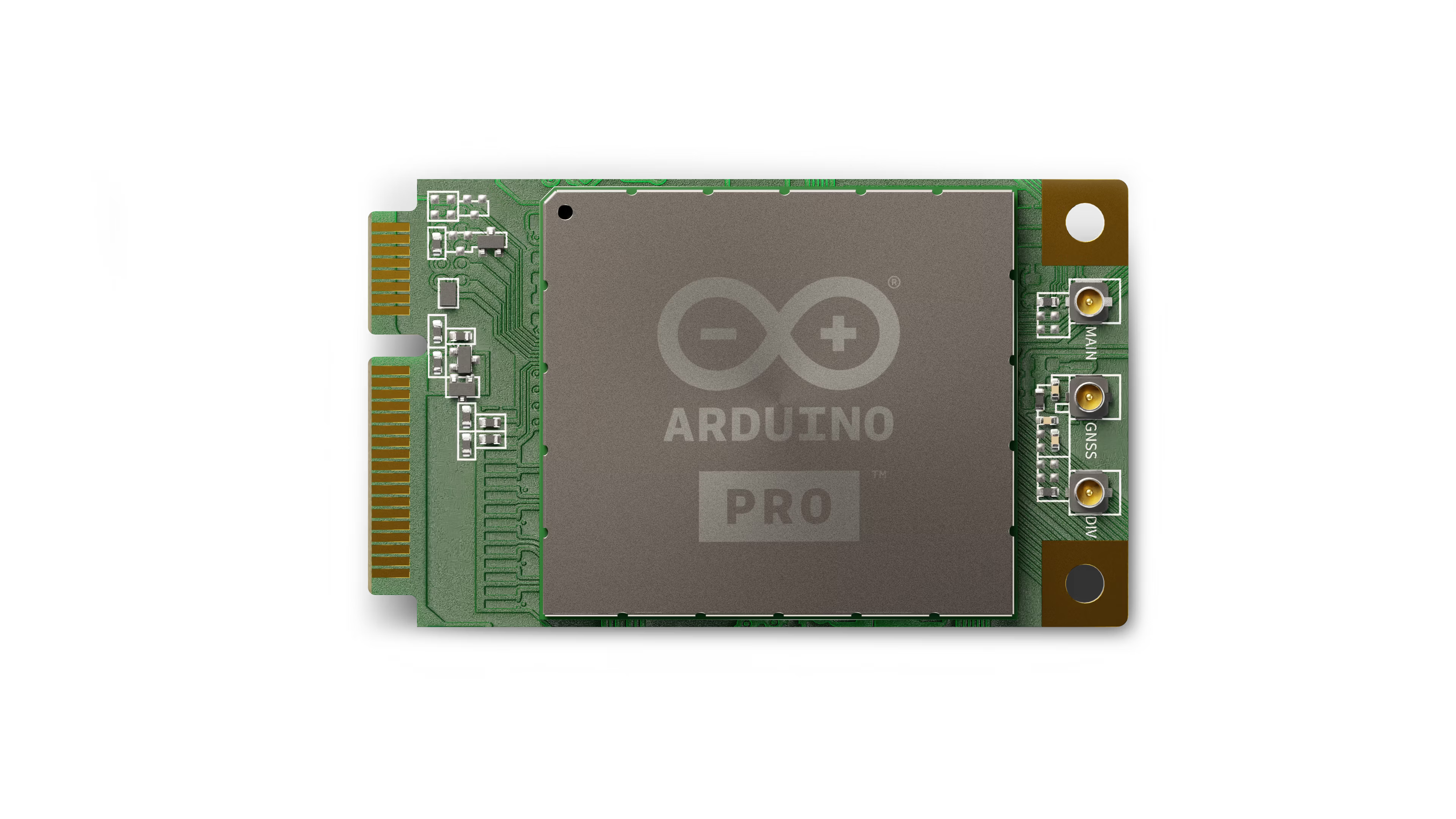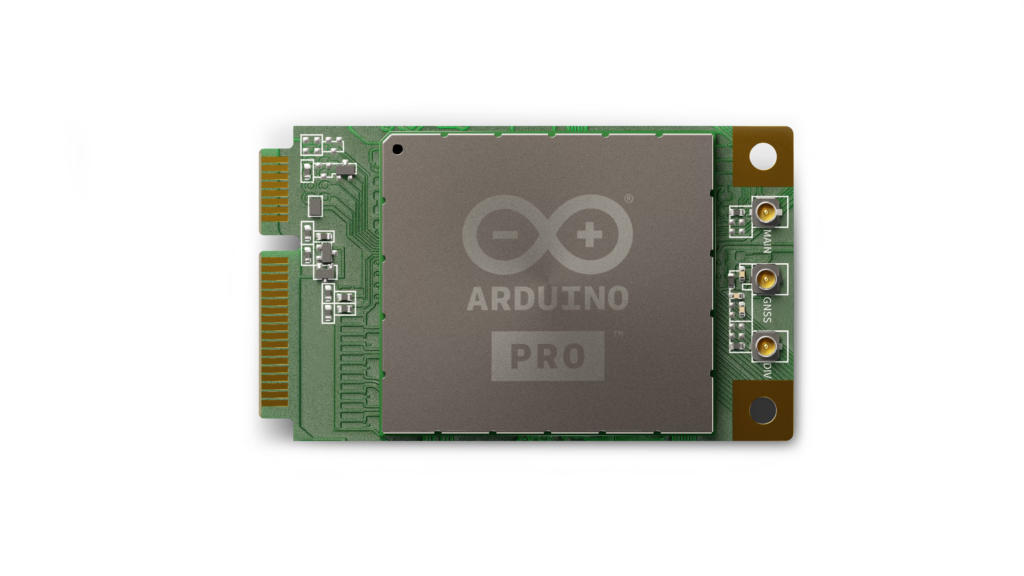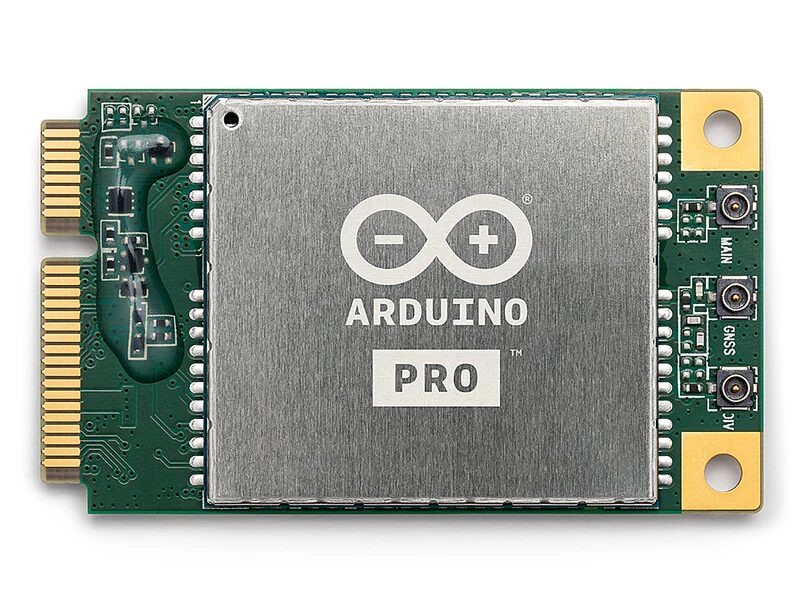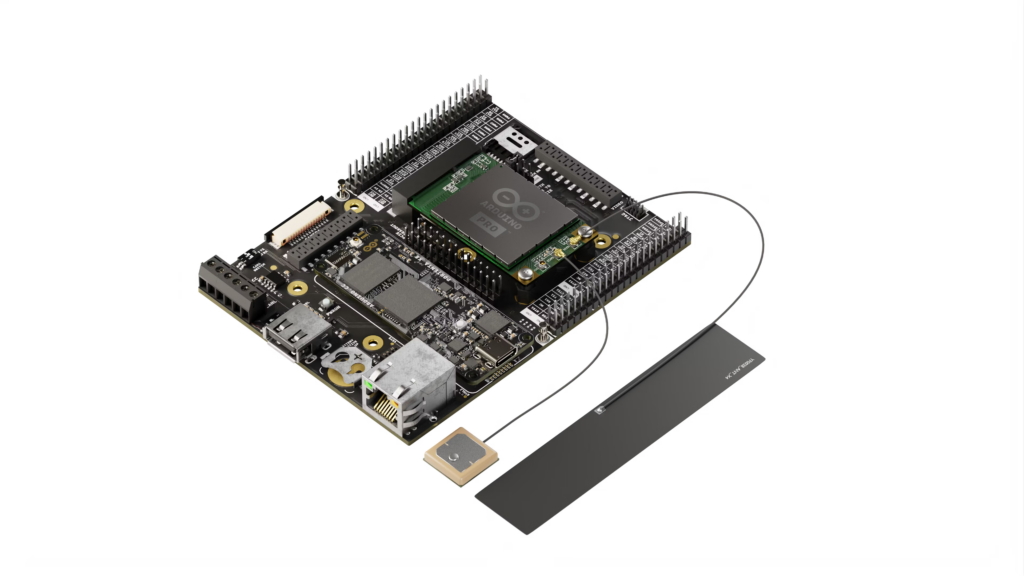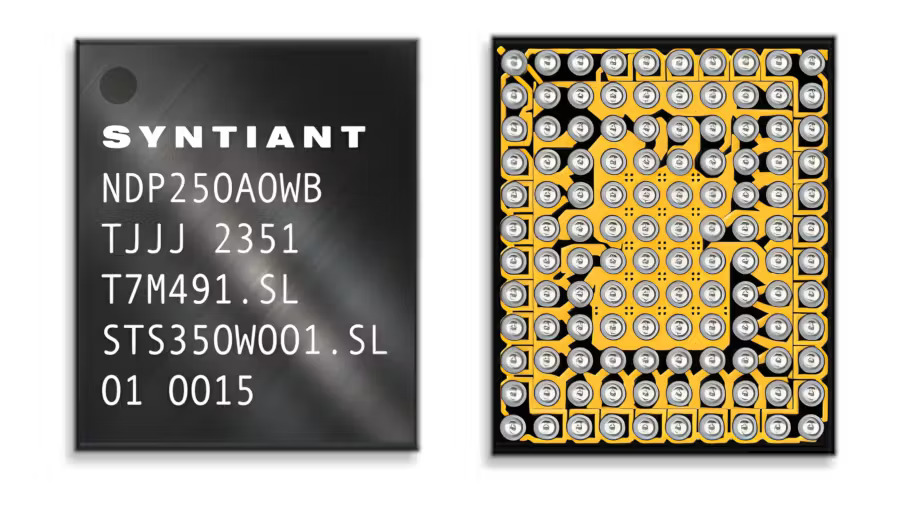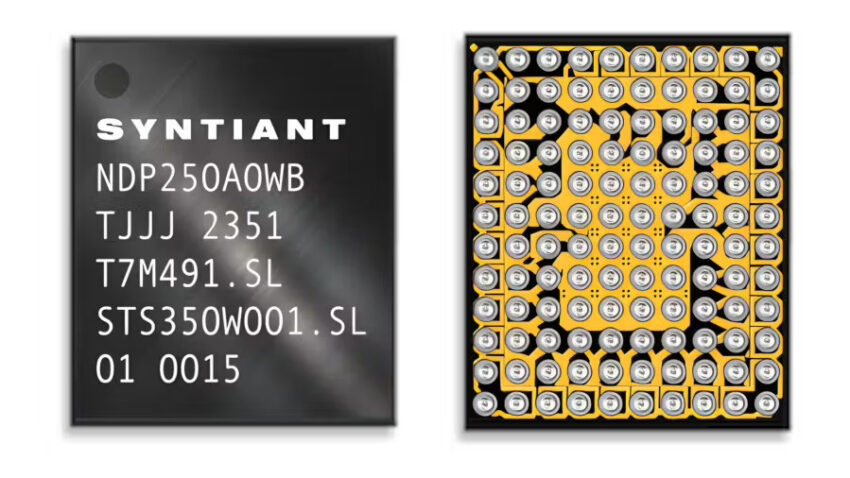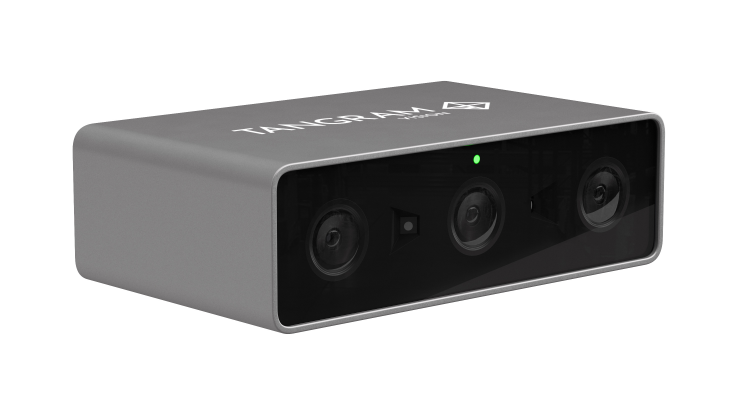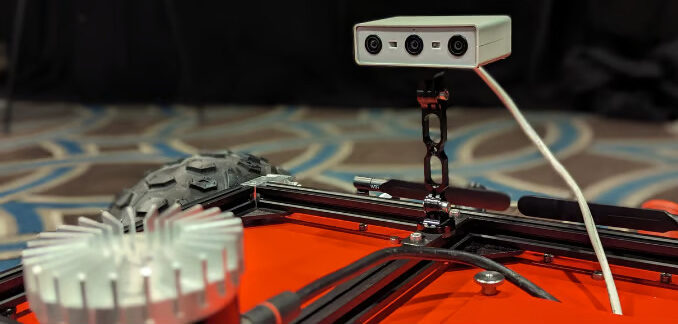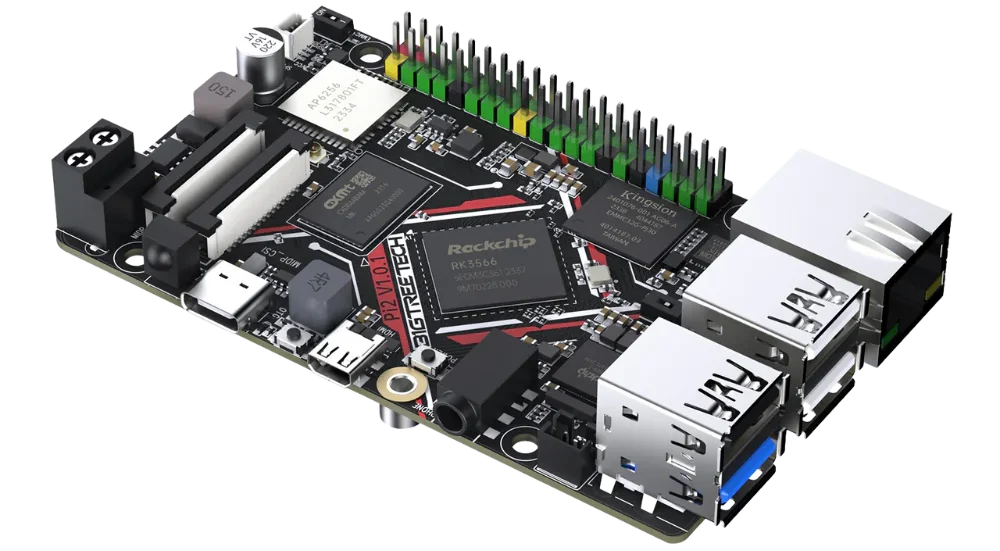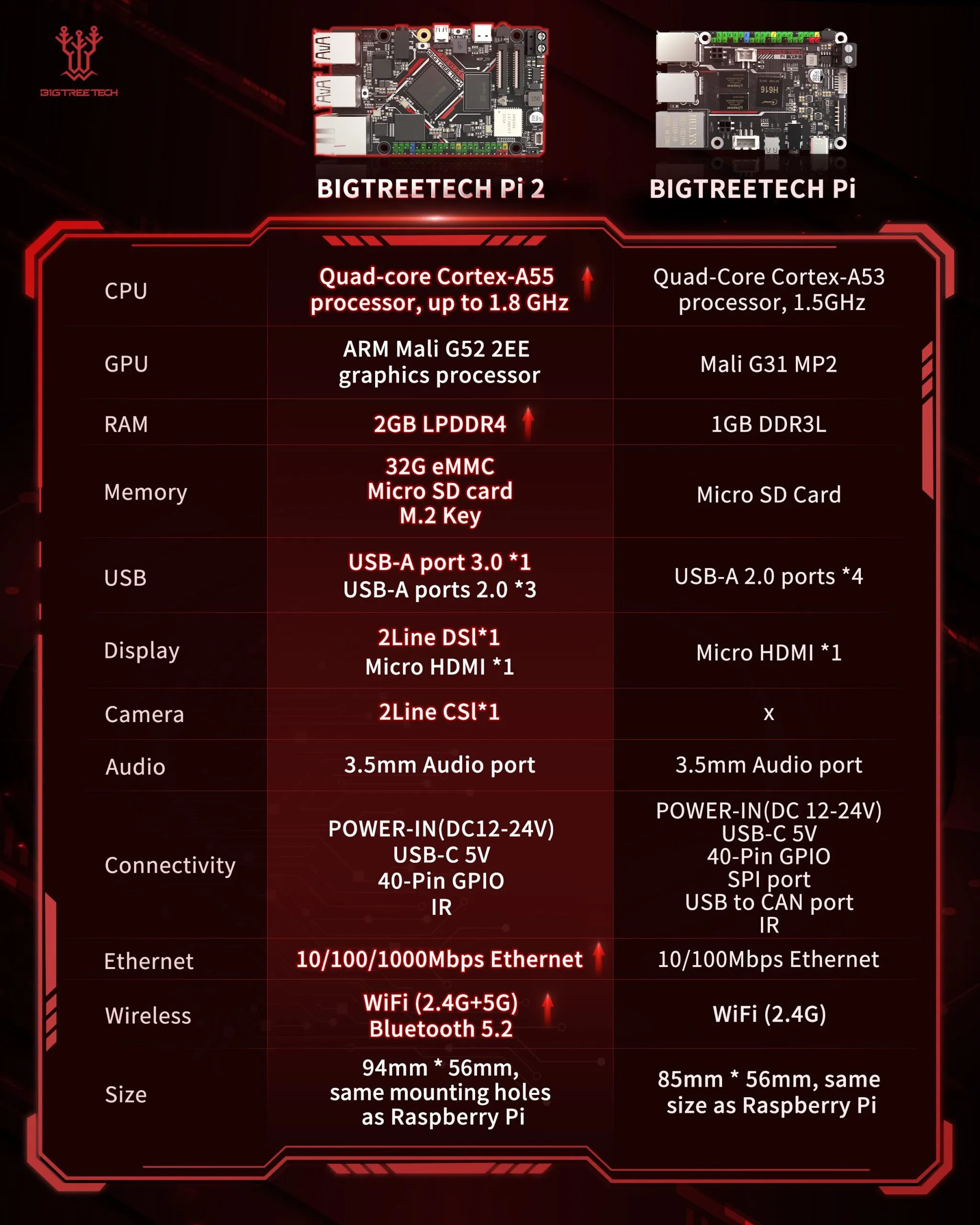The X-Sense SC07-WX is a battery-powered smoke and carbon monoxide detector that combines Wi-Fi connectivity with a smartphone app for remote monitoring and alerts. The sensor uses a photoelectric smoke sensor and an advanced electrochemical carbon monoxide sensor for fast and accurate detection.
The device has its own Android and iOS application and directly connects to the smartphone so there’s no need for a docking station of some sort. The application also will send you push notifications in case it detects any smoke in the area, other than that it also sends you a notification when there’s low battery, faults, and others.
The overall life cycle of the product is about 10 years and is powered by a single CR123A 3V Lithium Battery. Let me be obvious – the device has a life cycle of 10 years, meaning some internal counters inside the device will make the device unusable after 10 years! like it or not but is per the law in major countries. But the battery inside it will not last for that long and you may have to change it periodically.
There is also a small screen in front of the module that helps you stay informed by indicating the carbon monoxide level in parts per million (PPM), showing the battery life, and displaying the device’s status on the go, there’s also a LED bar just under the display that also is an indicator it flashes up green yellow for fault and alarm.
In the package, you’ll find everything you need to set up and utilize the SC07-WX smoke and carbon monoxide detector efficiently. Alongside the detector itself, there’s a mounting base for easy installation. There also be a user manual that provides clear instructions for setting up a warranty card, and carbon monoxide reference stickers. These stickers serve as helpful reminders to stay alert to potential carbon monoxide dangers. To mount it on your rooftop or wall you just need to mount the back plate and the module just gets screwed into the plate.
Note! Before installing the device you need to make sure that you are in your router’s wifi range, the module gets connected to your wifi through your 2.4GHz link so you also need to make sure that your 2.4GHz is enabled.
X-SENSE SC07-WX Smoke and Carbon Monoxide Allerm Specifications
- Model: SC07-WX
- Manufacturer: X-Sense
- Transmission Range: Covers up to 170 feet (50 meters)
- Smoke Detection: Utilizes photoelectric technology
- Carbon Monoxide Detection: Employs electromechanical sensors
- Detection range:
- 70ppm for 60-240 minutes
- 150ppm for 10-50 minutes
- 400ppm for 4-15 minutes
- Wi-Fi: Operates on 2.4GHz 802.11 b/g/n network (not compatible with 5GHz network)
- Batteries: 1 CR123A battery required (included)
- Size: 1-Pack
- Style: Wi-Fi Connected Model
- Shape: Circular
- Power Source: Battery Powered
- Installation Method: Screw-In
- Mounting Type: Protruding
- Usage: Inside
- Batteries Included?: Yes
- Batteries Required?: Yes
- Item Weight: 1.06 pounds
- Product Dimensions: 5.7 x 5.7 x 2 inches
Video
In the package, you’ll find everything you need to set up and utilize the SC07-WX smoke and carbon monoxide detector efficiently. Alongside the detector itself, there’s a mounting base for easy installation. There also be a user manual that provides clear instructions for setting up a warranty card, and carbon monoxide reference stickers. These stickers serve as helpful reminders to stay alert to potential carbon monoxide dangers. To mount it on your rooftop or wall you just need to mount the back plate and the module just gets screwed into the plate.
If you like this device and want to purchase one for your home, apartment, dwelling, hovel, or shack you can get them on both Amazon and X-Sense’s website. On Amazon, you can buy a single pack for $44.99 or opt for a three-pack at a discounted price of $129.99. Similarly, on X-Sense’s website, the pricing remains consistent.


